|
The Ashford School Elementary Robotics Team made it to the VEX IQ World Championship earlier this month. This is the largest robotics tournament in the world. Check out the video below to learn more about the team's adventure.
0 Comments
Amateur Radio connects kids, crew as ISS orbits overhead.
Students at Ashford School will talk with astronauts on the International Space Station via Amateur Radio. This activity is part of the ARISS (Amateur Radio on the International Space Station) Program, which promotes learning opportunities as part of the STEM (Science, Technology, Education and Math) initiative. Our school was one of only eight schools across the country to be chosen for this once in a lifetime experience! What is ARISS? ARISS is a joint venture by NASA, the Center for the Advancement of Science in Space (CASIS), the American Radio Relay League (ARRL), and the Radio Amateur Satellite Corporation (AMSAT) to facilitate communication via Amateur Radio between astronauts aboard the International Space Station and schools and communities around the world. ARISS programs excite and motivate students in a one-of-a-kind presentation and exchange. ARISS program goals are:
Amateur, or “Ham,” Radio, is a popular service and hobby in which federally licensed participants operate communications equipment. There are over 700,000 licensed amateurs and nearly 2,300 ARRL-affiliated Amateur Radio clubs in the United States. Hams talk to each other across town, around the world, and even into space without the need for normal communications infrastructure, such as cell phone networks or the Internet. Amateur Radio is regularly used during natural disasters to help local emergency and served agencies (such as the Red Cross, Salvation Army, and state and local governments) respond when normal communications methods are disrupted. The Amateur Radio community is a great source of electronics experimentation, public service, and fun. More information on the ARISS program can be found at www.ariss.org. More information on Amateur Radio can be found at www.arrl.org/what-is-ham-radio. Space is a very exciting subject for students. We have been leveraging the topic of space to make other STEM topics exciting too. One topic that is hard to make engaging is financial literacy but financial literacy is an important subject that is rarely taught in school. So, to take on this challenge, Ms. Manfre, Mrs. Craven and Ms. Imhoff have been finding areas where space and financial literacy intersect.
For example, our Stock Market Game students have been interested in ways to invest in the private space industry. Although it is not possible to buy stocks of Space X (which our students would very much like to be able to do), students can invest in many companies that are contracted with NASA. Our students are of the age where they may be the first generation to colonize Mars. NASA calls these students the “Mars Generation.” As the private space industry is growing, we will continue to make connections between the students’ interest in space and financial literacy. When we were at the NASA Johnson Center, we saw lots of examples of private industries at NASA. When I was touring the Neutral Buoyancy Pool that astronauts use to simulate being on the International Space Station, there were employees from several oil companies practicing for when they may have to fix oil leaks in the ocean. We heard from pharmaceutical companies about how they have been partnering with NASA on research that can help people with diseases here on earth. In addition in NASA keynotes, Space X was regularly mentioned as a way to expand space exploration. Do you have any connections between financial literacy and space? We would love to hear them; comment below. To keep the astronauts safe in Space, and entire team works around the clock on the ground at Mission Control. We got the chance to simulate what it's like to be in Mission Control with some actual Mission Control Scientists. They talked a little bit about the skills you need to work at Mission Control: While visiting Mission Control, we got a tour of "Historic Mission Control," which is where scientists worked around the clock during the Mercury, Gemini, and Apollo missions. These are the missions that took us to the Moon! After our tour of Historic Mission Control, we visited Orion Mission Control. This is where NASA will control future missions. Right now, Mission Control Specialists and Astronauts are training for potential missions to the moon and beyond. This preparation will be crucial as NASA continues with its future missions. There are a wide variety of roles that Mission Control specialists take on. There's the Flight Director, who has operational responsibility over all missions an payload operations. CAPCOM, or capsule communicator, communicates directly with the crew. They are typically the only point of communication between the crew and Mission Control. SURGEON is responsible for monitoring the health of the astronauts aboard the capsule or station. EECOM (electric, environmental, and consumables manager) monitors environmental conditions and solves equipment errors. After Mission Control, we headed over to Ellington Airforce Base to chat with Air Force and Civil Air Patrol members about remotely piloted aircraft: It's been a wonderful few days NASA Johnson, and we're excited to bring back some amazing project for our upcoming Ashford in Space Unit.
We got a special treat today- a tour of NASA's Robotics Facility! NASA Robotics Computer Programmer Jodi Graf showed us around the area where NASA designs experimental robots, with an emphasis on Humanoid Robots. Jodi Graf explains what she does:
We also got a chance to see rovers, which are the vehicles that travel on the ground of moons and planets. We climbed inside to take a look: Ms. Imhoff also took a look at the Planetary Analgue Site, also known as the "Rock Yard." This is a large area where NASA tests Lunar Rovers for upcoming missions.
Did you know that the International Space Station (ISS) is actually the size of a football field? It was huge! Tomorrow, we'll get an inside look at Mission Control.
This past week, we attended a conference at Johnson Space Center in Houston, Texas. We got an inside look at how NASA sends people to space, heard from Astronauts and other amazing aerospace professionals, and got many ideas for cool space simulations to do prior to our contact with ARISS. Our 3 day adventure began by talking to Astronauts Joe Acaba (who was streamed in from aboard the International Space Station, in low earth orbit) and Dottie Metcalf-Lindenburger, another teacher-turned-astronaut who facilitated the call here on Earth. Check it out: Both Joe and Dottie stressed how important skills like communication, flexibility, adaptivity, and creativity were in space. Astronaut Joe also stressed the importance of asking questions and working hard, even when it's not easy, "Ask for help. Don't give up on yourself- you can make it happen. Some things might be harder for you than other people, but there's no reason why you can't make it work." He said that he was never the top of his class, but he worked and studied hard, and that got him to where he is today (space!) We can't wait to talk to the astronauts again with ARISS! Then, it was our turn to train like astronauts! Ms. Manfre and Mrs. Craven did a scuba diving challenge, while Ms. Imhoff toured the Neutral Buoyancy Lab, which is where the astronauts train for Spacewalks and their work on the International Space Station. It's one of the largest pools in the world! Check it out: In the afternoon, we got a chance to hear from Dr. John B Charles, who is Director of NASA's Human Exploration Research and Planning.
Tomorrow, we will check back in with an update on NASA Robotics, see the astronaut training facility in Building 9, catch a glimpse of Houston from the sky, and learn all about the early capsules used to take humans to the Moon!
You may have seen the news that Space X recently made history by launching the first reusable rocket! Usually, rockets are only used once. However, that's really expensive, and not sustainable for multiple rocket launches in a row. You can check out the Space X Launch below: With the exciting news, we thought it would be fun for students to put their Engineering Design skills to the test and create some reusable rockets of their own! The kit we elected to use was the Alpha III rocket kit, which was provided to us by the local Civil Air Patrol Branch. Thanks, CAP! The link to the guide Ms. Imhoff and Mrs. Craven created is here: docs.google.com/a/ashfordct.org/presentation/d/1M-qivilCSg6KQgHXJfJnI-hDMbXOLOKucKPbydXXJNk/edit?usp=sharing Our students worked diligently to assembly their reusable rocket designs. Mrs. Craven and Ms. Imhoff, dressed appropriately in their flight suits, assisting students as needed: Once they were assembled, student rockets were set aside for their Aerospace Night Display and also for their launch later next month. Stay tuned to see how they fly!
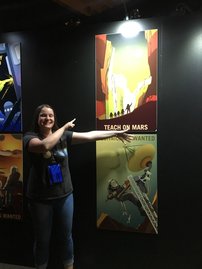 On our last morning at Space Camp, we got to raid the Education Resource Center for all kinds of freebies, including some amazing Mars posters. They gave us so many fun things to take home that we actually had trouble fitting them all in our suitcases! After getting our goodies, we headed over to the IMAX theater to watch an amazing movie called Dream Big, which was an inspirational story about how young engineers change the world. 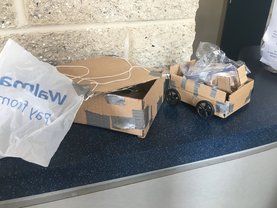 We then were presented with our final engineering challenge- we had to build a lander and a rover to deliver a payload (in this case, an egg) to the Martian surface. Our payload survived impact and travelled over 91 inches on the Martian surface. The 1/6 chair was one of the highlights of the day! We climbed onto a chair that simulates 1/6th the gravity of Earth- just like you'd feel if you were on the Moon. Check it out in the videos below: Having completed our Moonwalk, we got to spend some time in the shuttle Endeavor- Ms. Imhoff and Mrs. Craven worked hard to land the shuttle and get everyone home safely. Now that we were safely back on Earth, it was time to graduate from Space Camp! Our group, Team Columbus, took home the "Best Mission" award for our service on the ISS and on Mars. Mrs. Craven also took home the "Right Stuff" award for exemplifying the spirit of an explorer. Now that we're officially Space Camp Alumni, it's time to take our new learning back to Ashford! We can't wait to do fun Aerospace education projects during the new school year. Thanks for joining us on our wild week in Space, and stay tuned for more summer adventures soon.
Day 4 was a blast...literally! We started the day by launching the rockets that we made in yesterday’s workshop. Having launched our rockets, we went to compare them to the real Saturn Rocket hanging in the Davidson Center. While there, we also climbed in a model Apollo capsule that they used for the Moon missions, and saw the actual Apollo 16 landing capsule. There was a lot of history at the Davidson Center! After rockets, we completed our next mission. Our goal was to launch the Space Shuttle to the International Space Station (ISS), build an additional structure out in Space, perform a crew exchange, and land the Space Shuttle back to Earth. Ms. Imhoff’s job was to perform an EVA where she hung from the ISS in order to build a structure. Mrs. Craven monitored the conditions onboard the ISS and the Space Shuttle to make sure that everything was functioning “nominally” so that the scientists onboard could perform all kinds of different experiments. After our mission, we took the MAT (Multi Axis Trainer). This simulates what it would be like to take a tumble through space. Check it out below: 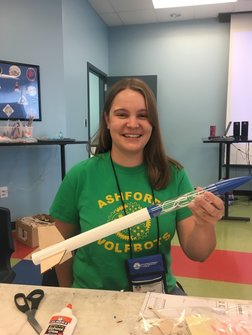 After a couple days at The US Space and Rocket Center, we are ready to get our hands dirty with Martian soil. Today we got to do lots of hand-on astronaut training. First, we built model rockets. We don't get to launch them until tomorrow morning. Check back soon to see if Mrs. Craven's rocket or Ms. Imhoff's rocket goes the highest. We also got to climb a rock wall replica of the Martian landscape. This week we have heard a lot about the "Mars Generation." Kids our students' age will most likely be the first people to live on Mars in just a few decades. Its really exciting to think that the students at Ashford School might have the opportunity to work on Mars. 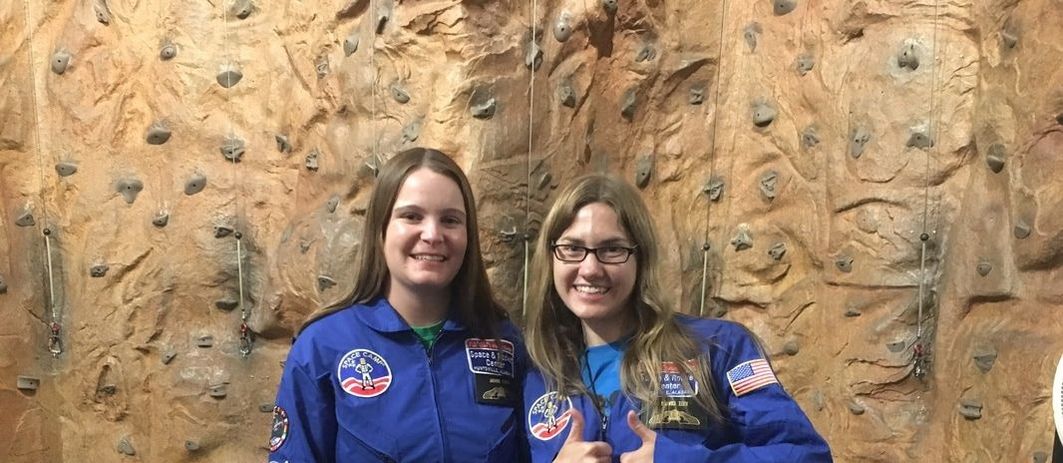 Our simulated mission to Mars that we had prepared for yesterday was successful. At one point Mrs. Craven went on an EVA (extra vehicular activity). She needed to assemble solar panels on the red planet. Sometimes NASA uses nuclear power to power small machines like the original rovers that went to Mars. However, most of the power people use to survive on Mars will come from solar energy. Everyone was relieved when Mrs. Craven was able to successfully install the panels. Ms. Imhoff, the commander of the mission, thanked the team for all their hard work. |
AuthorsKate Craven Archives
October 2018
Categories |
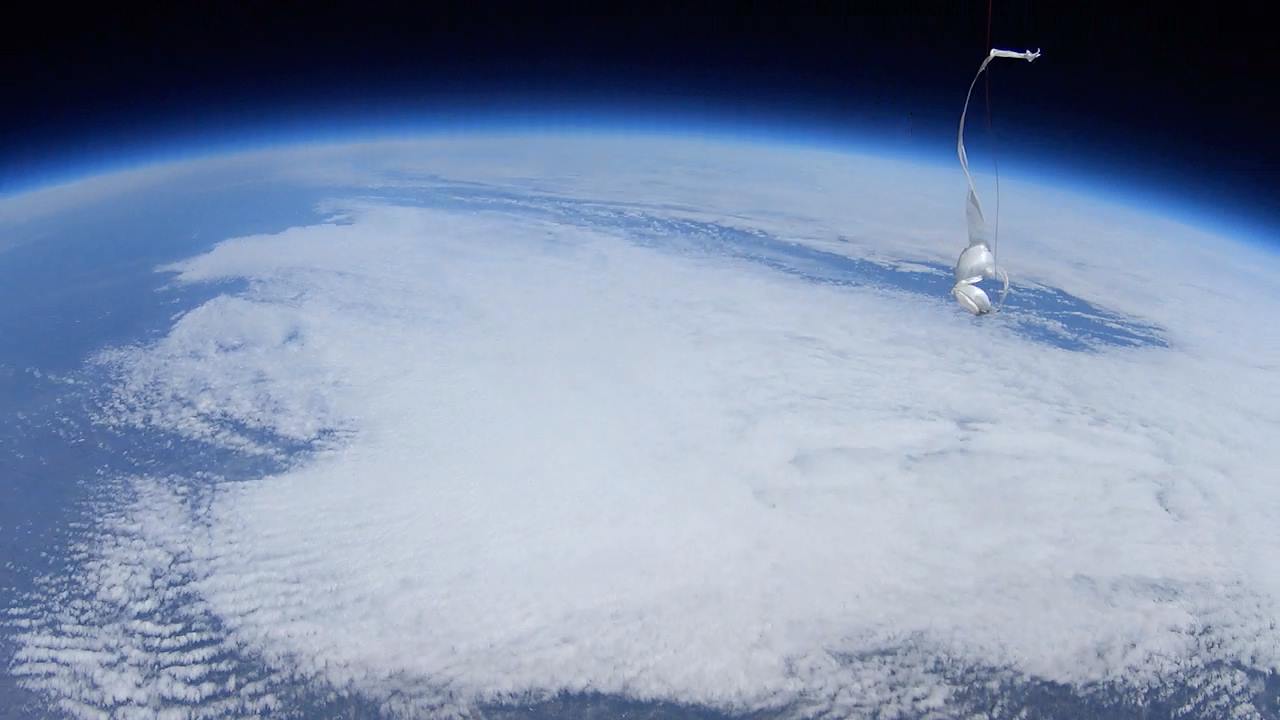
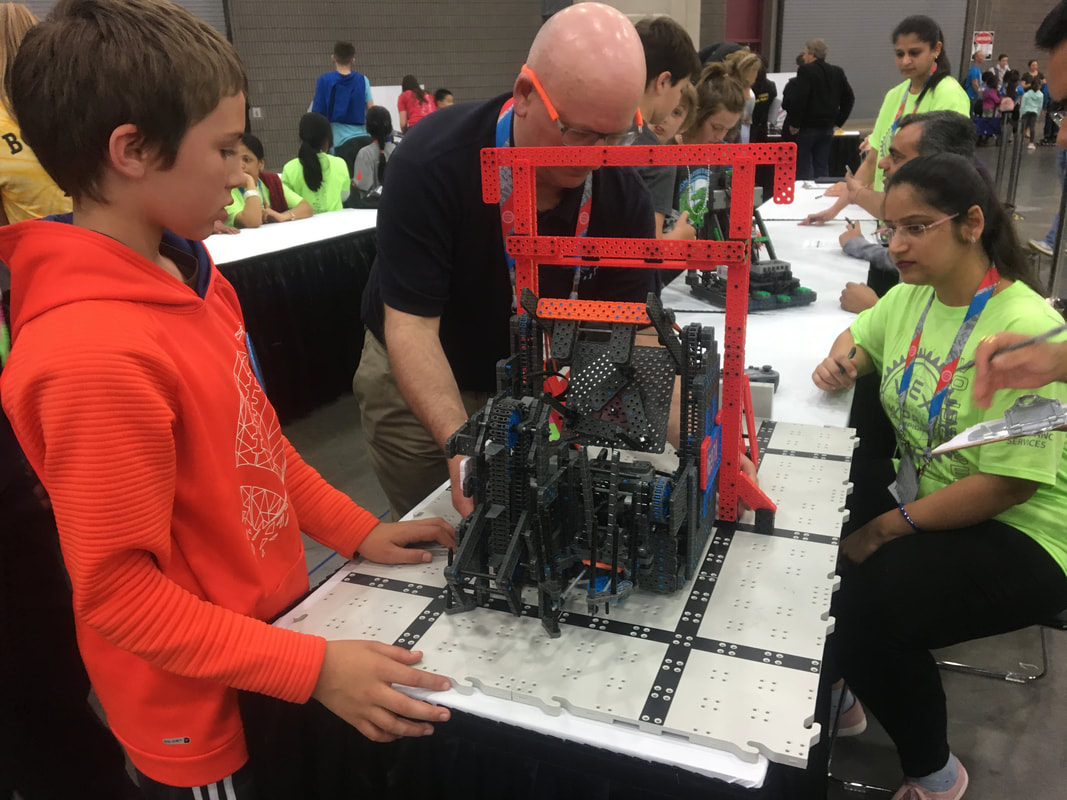
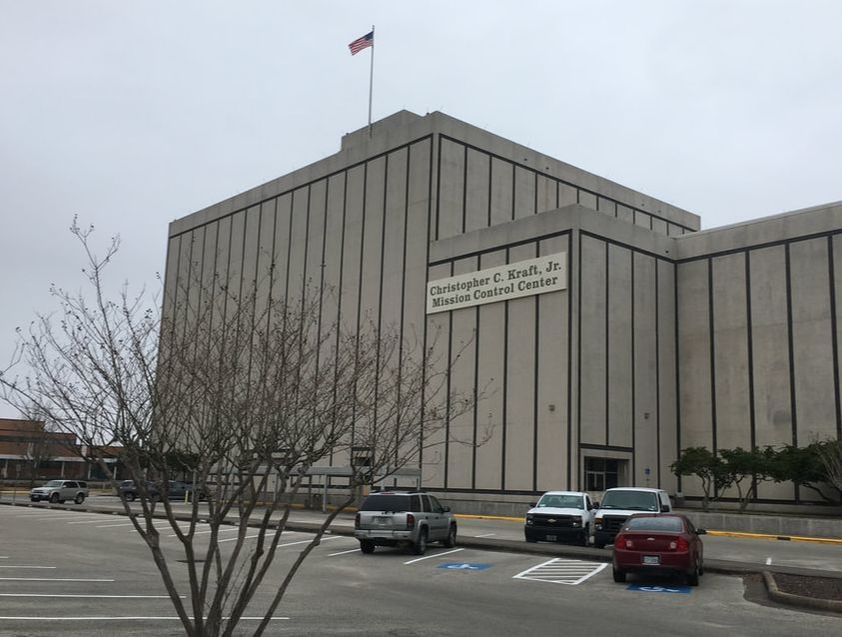
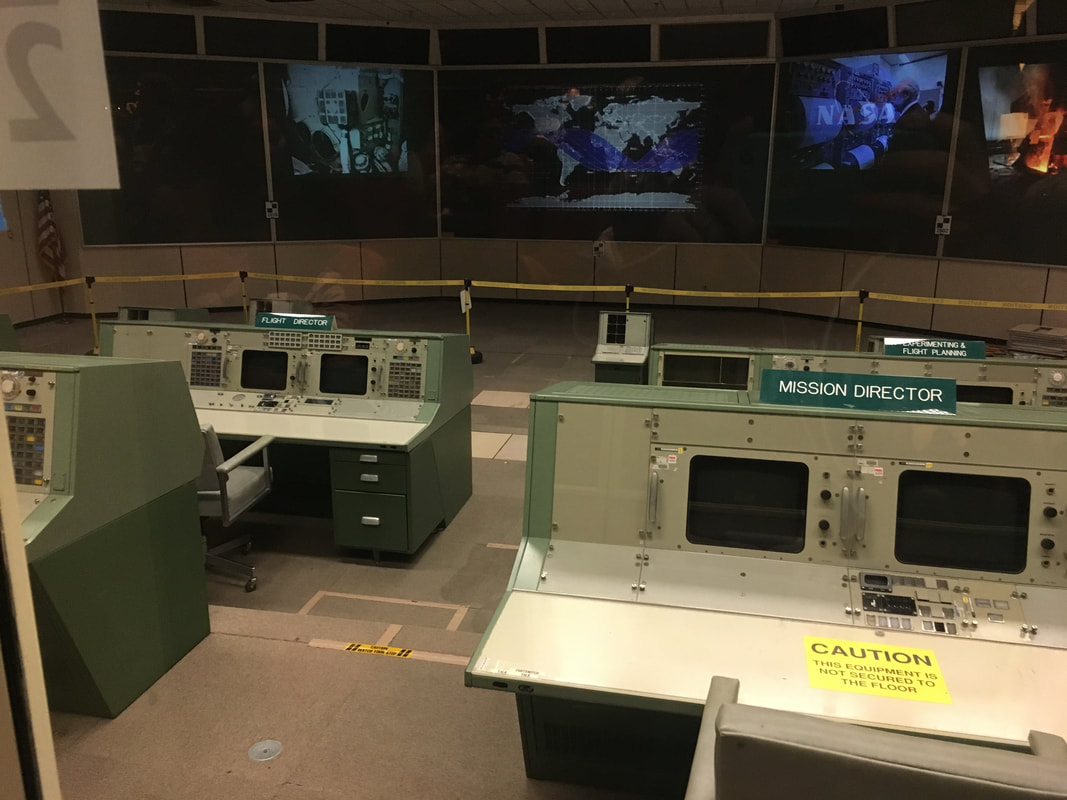
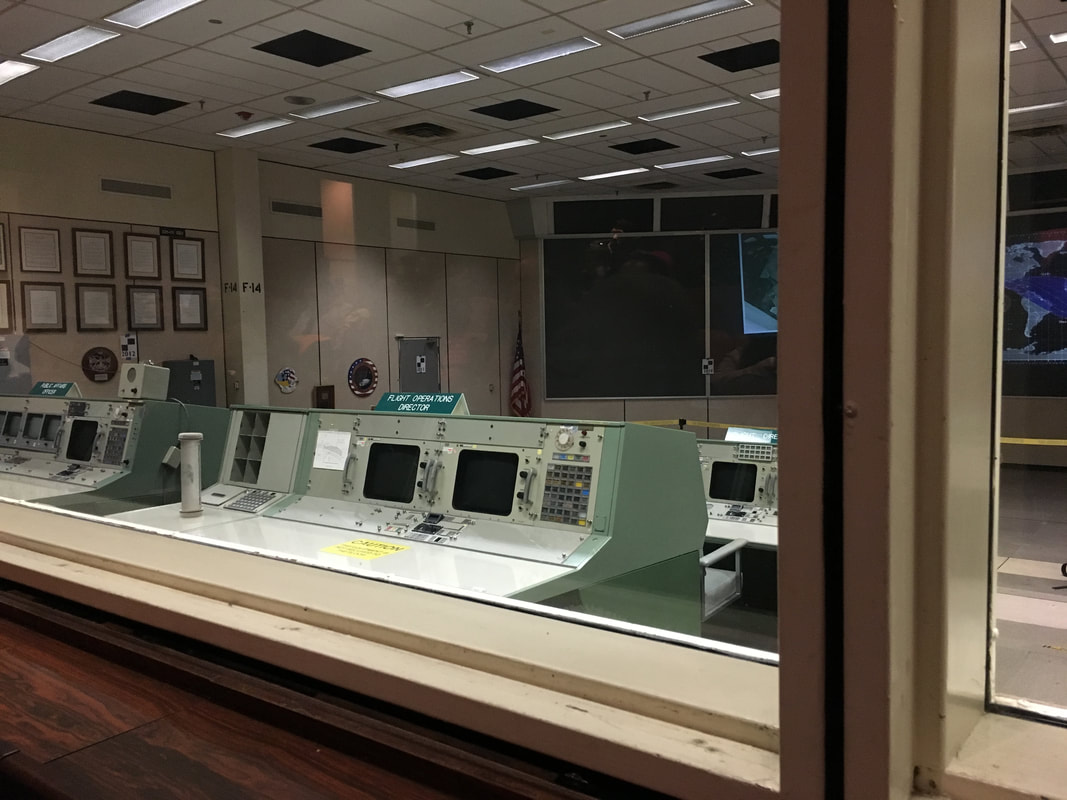
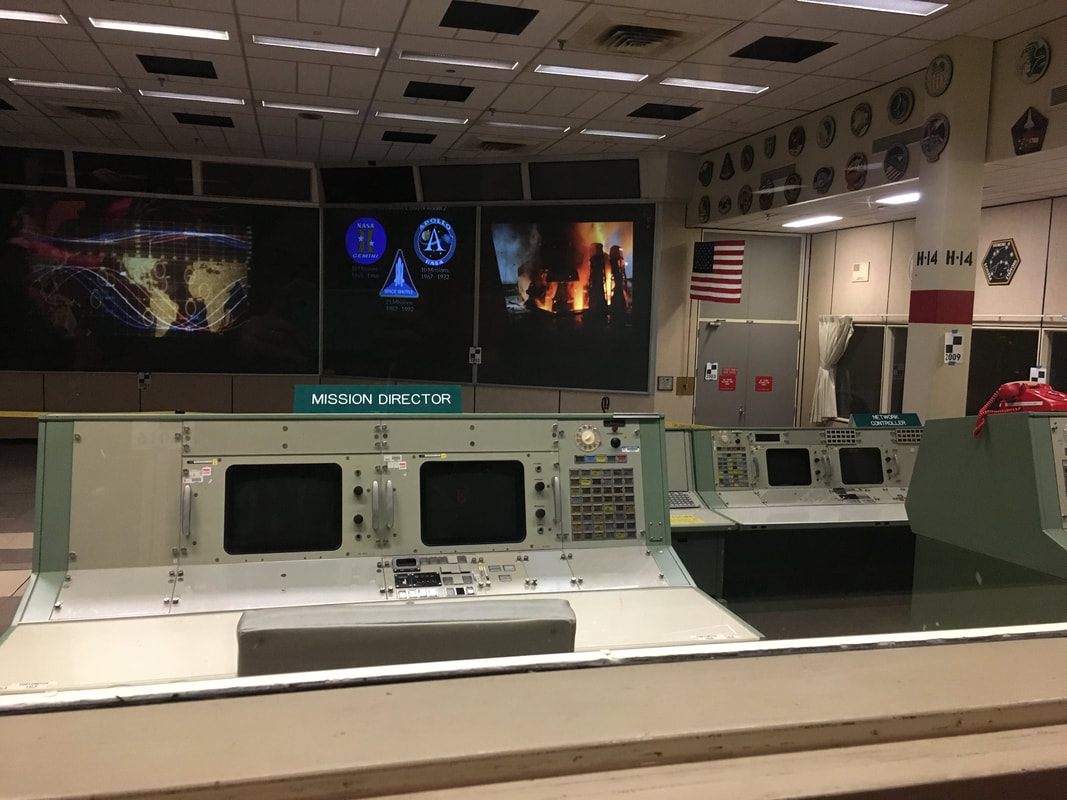
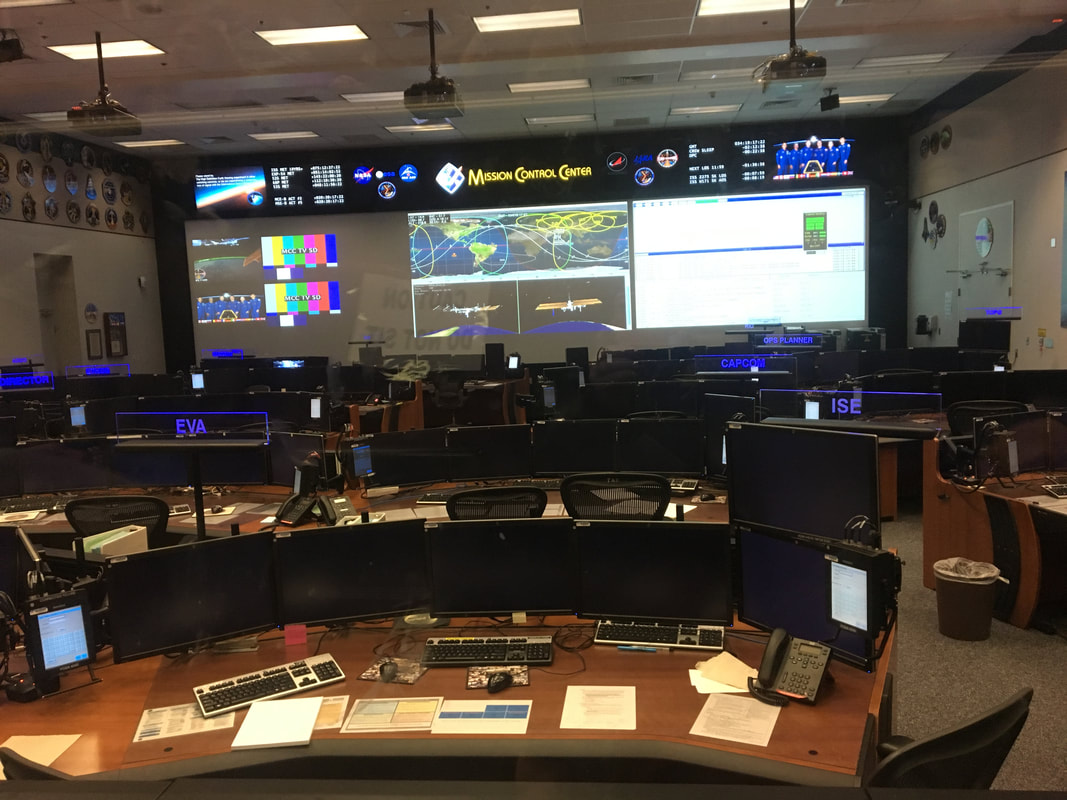
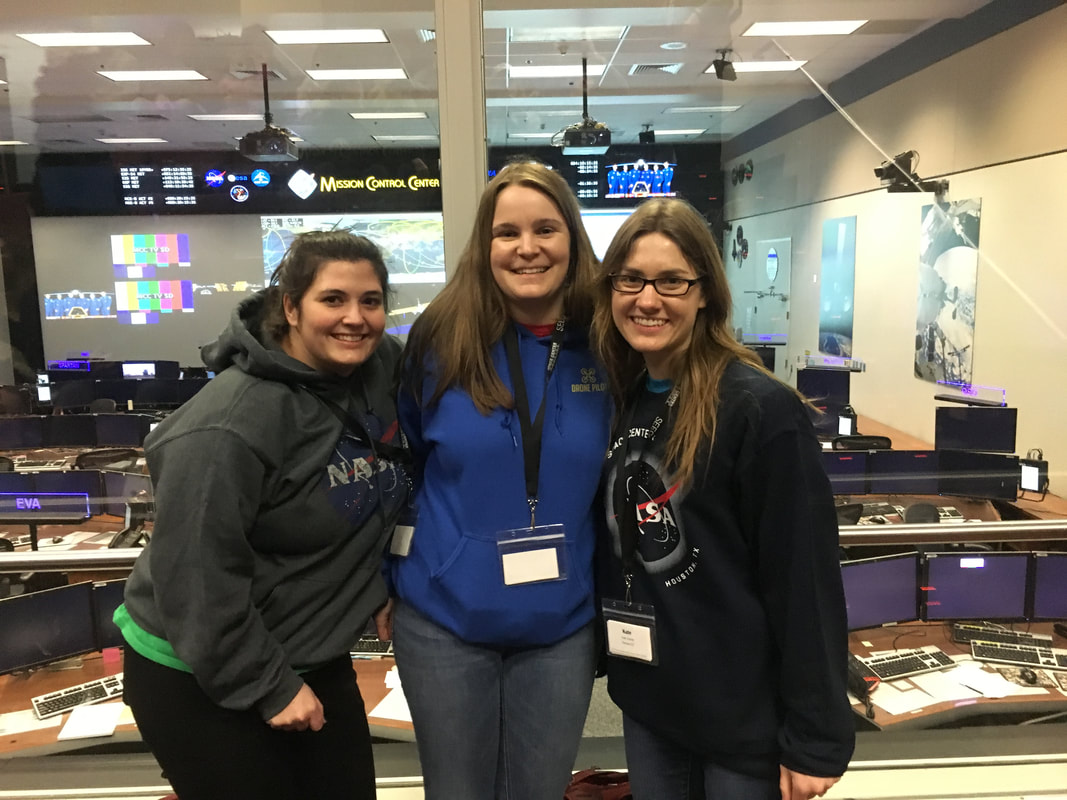
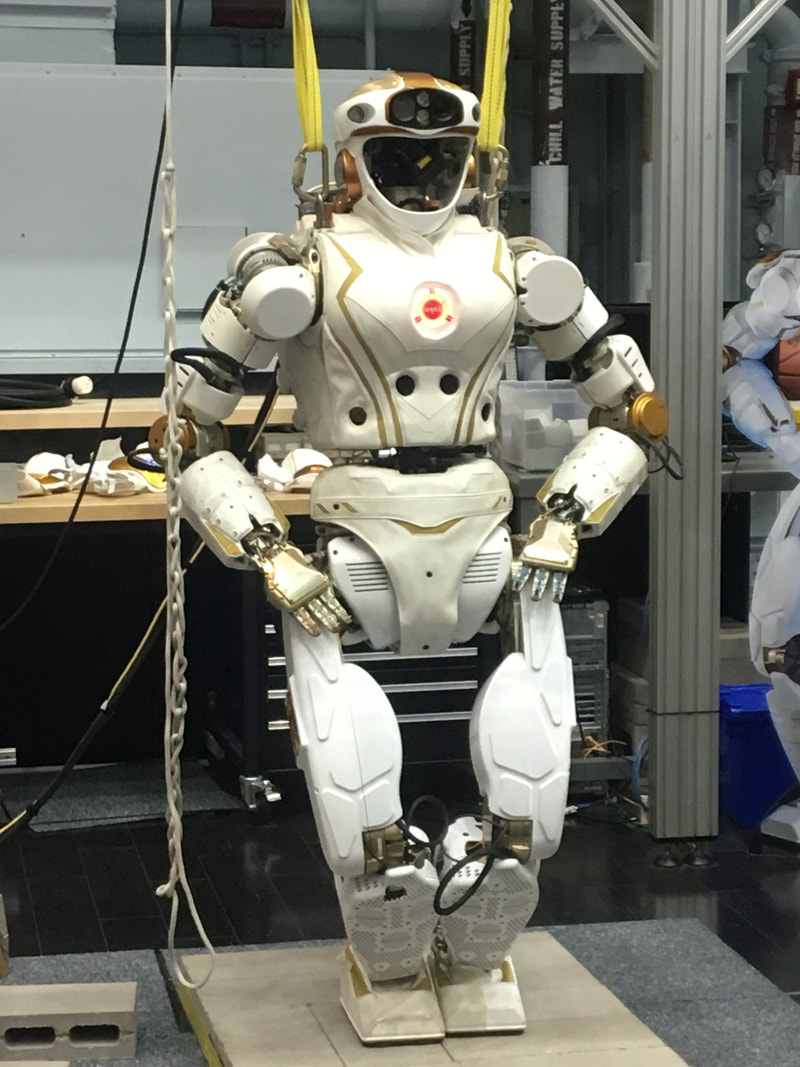
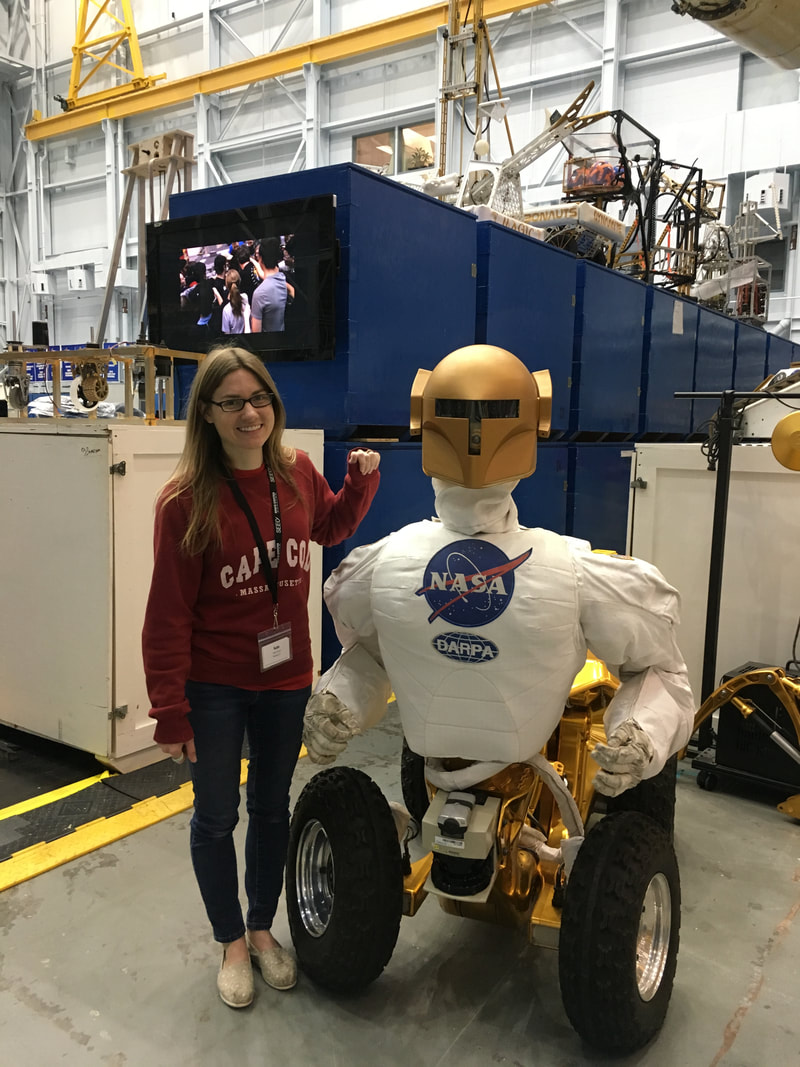
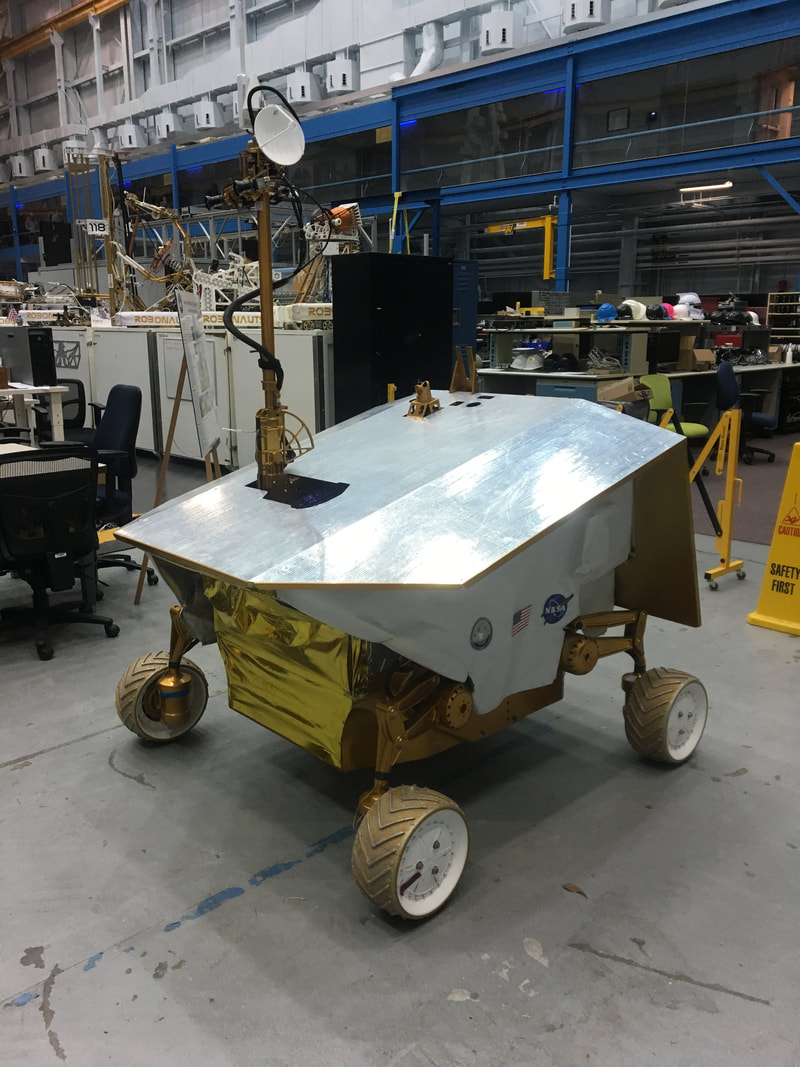
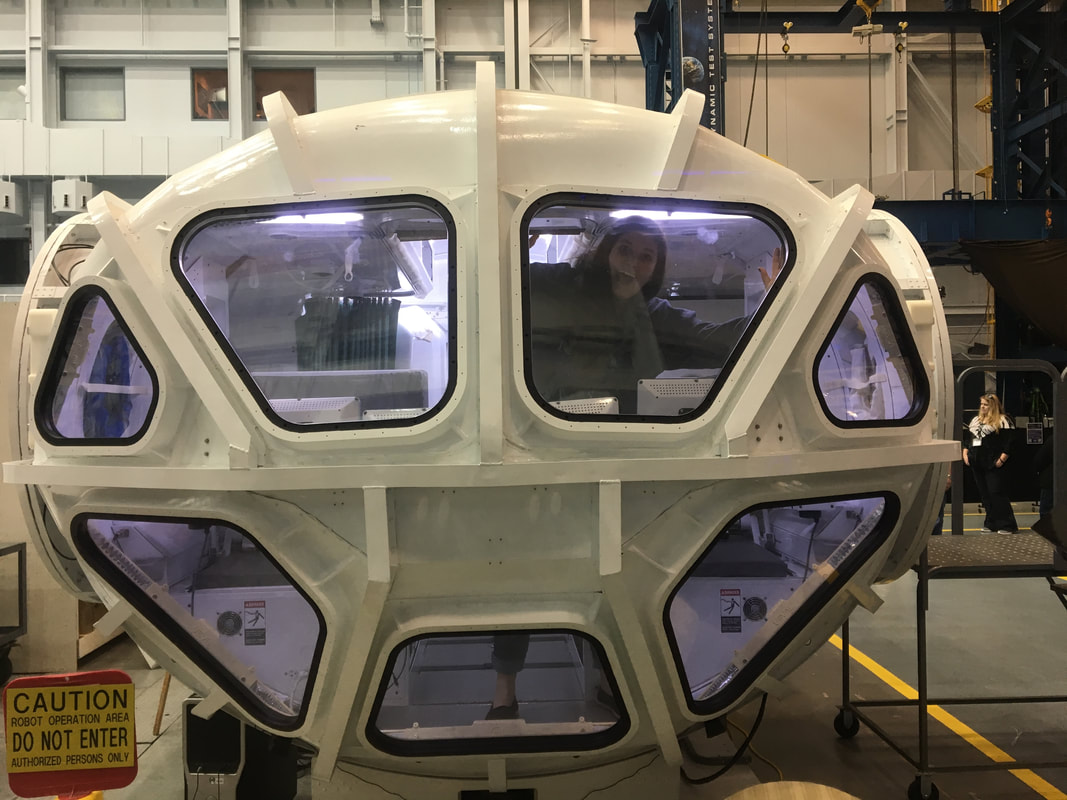
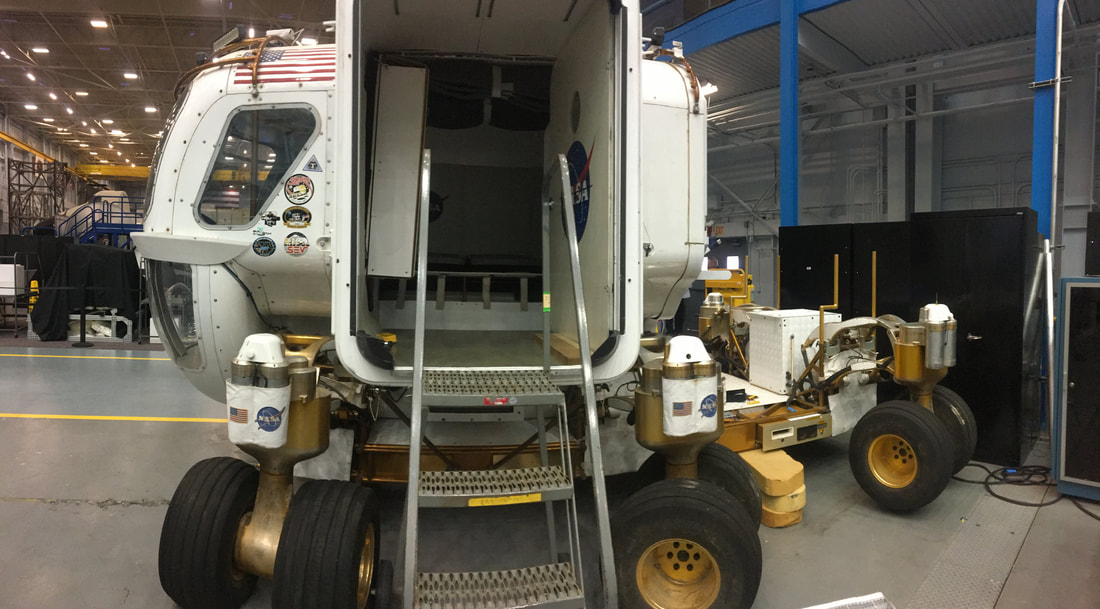
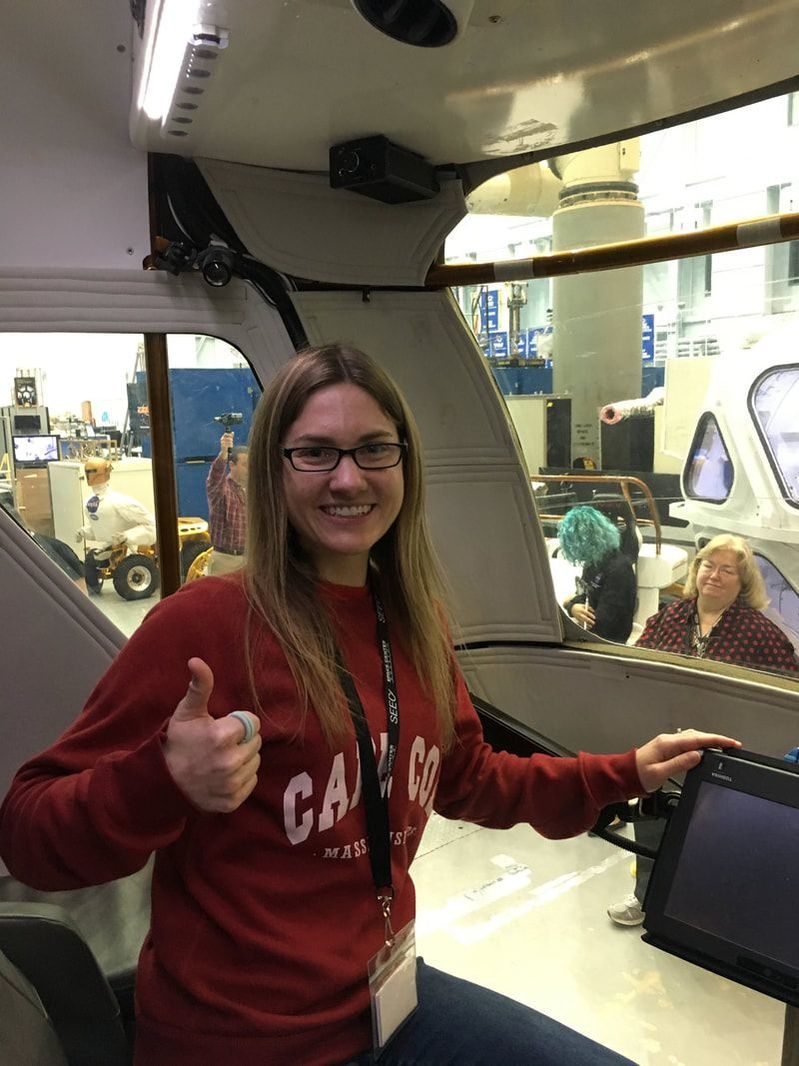
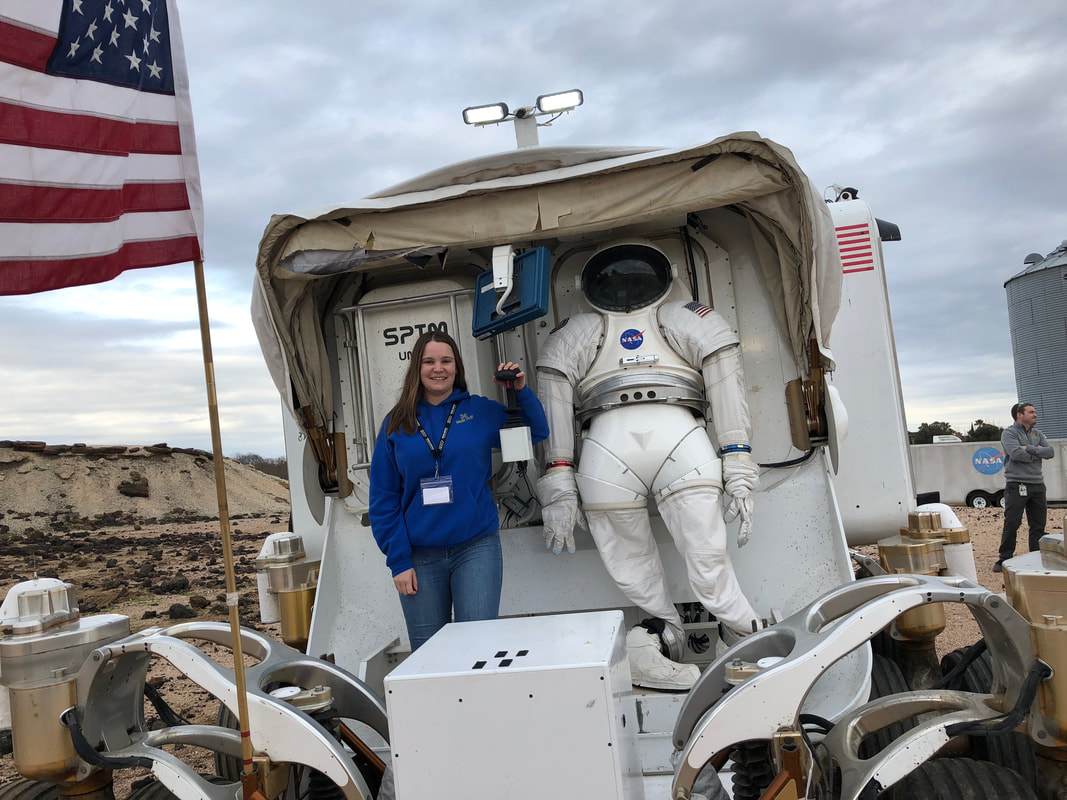
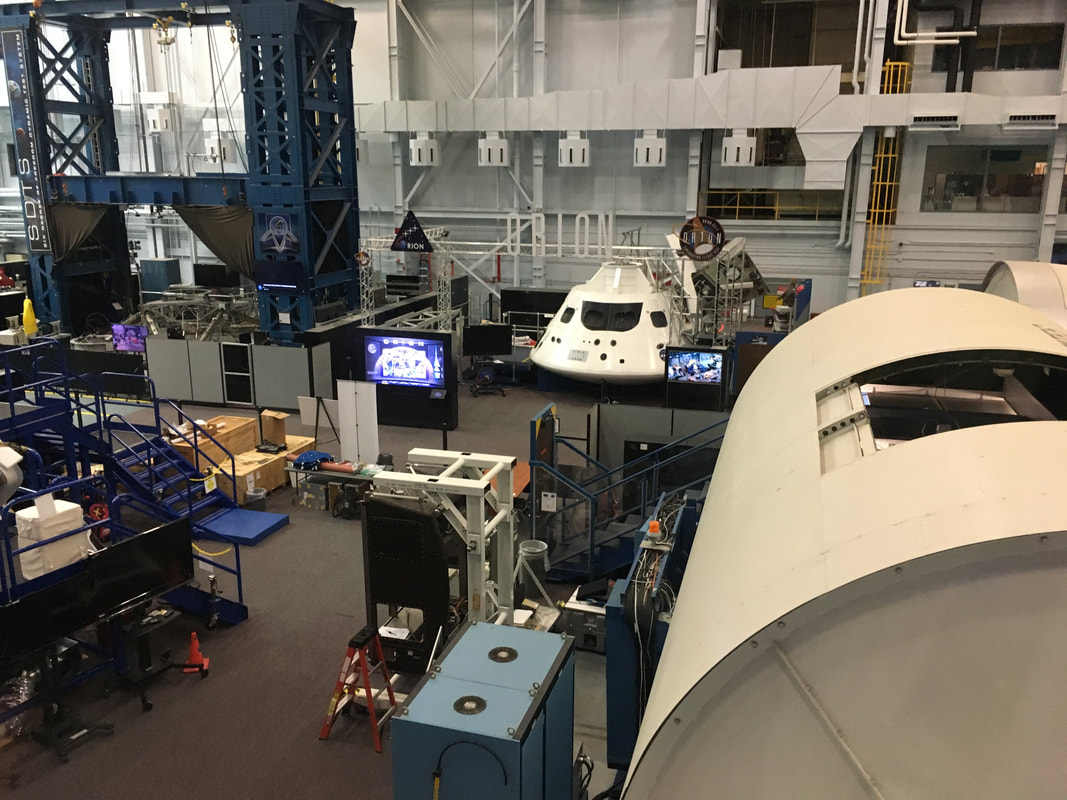
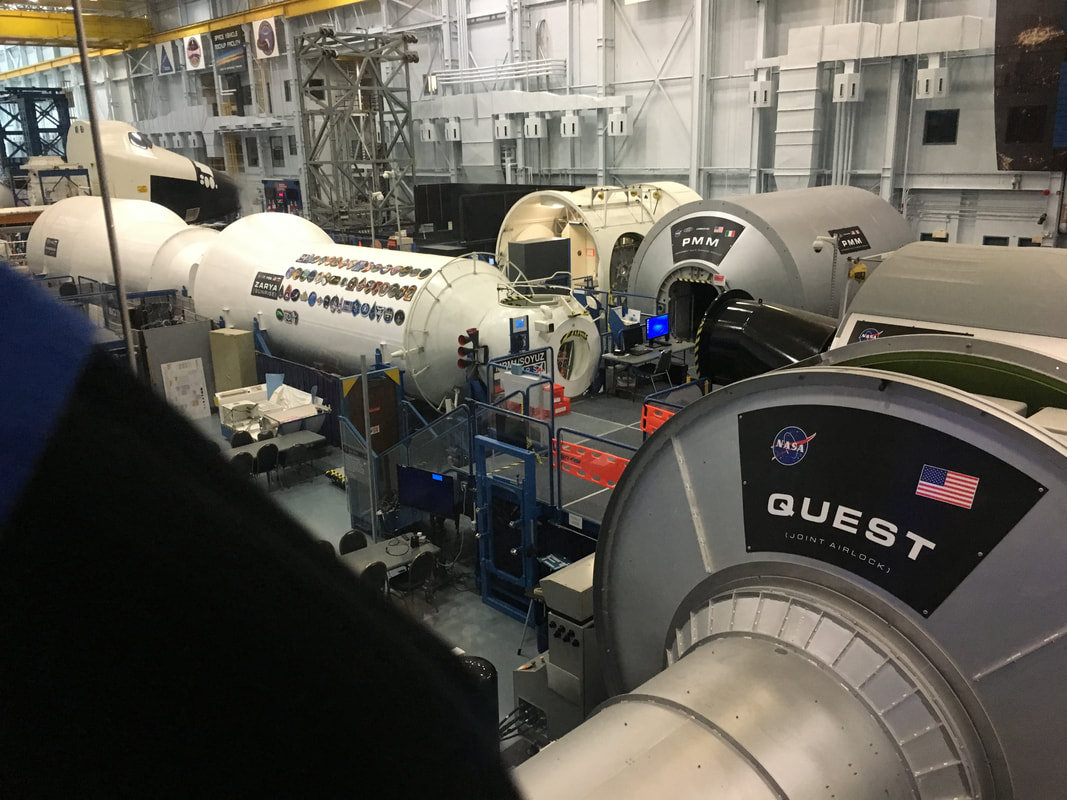
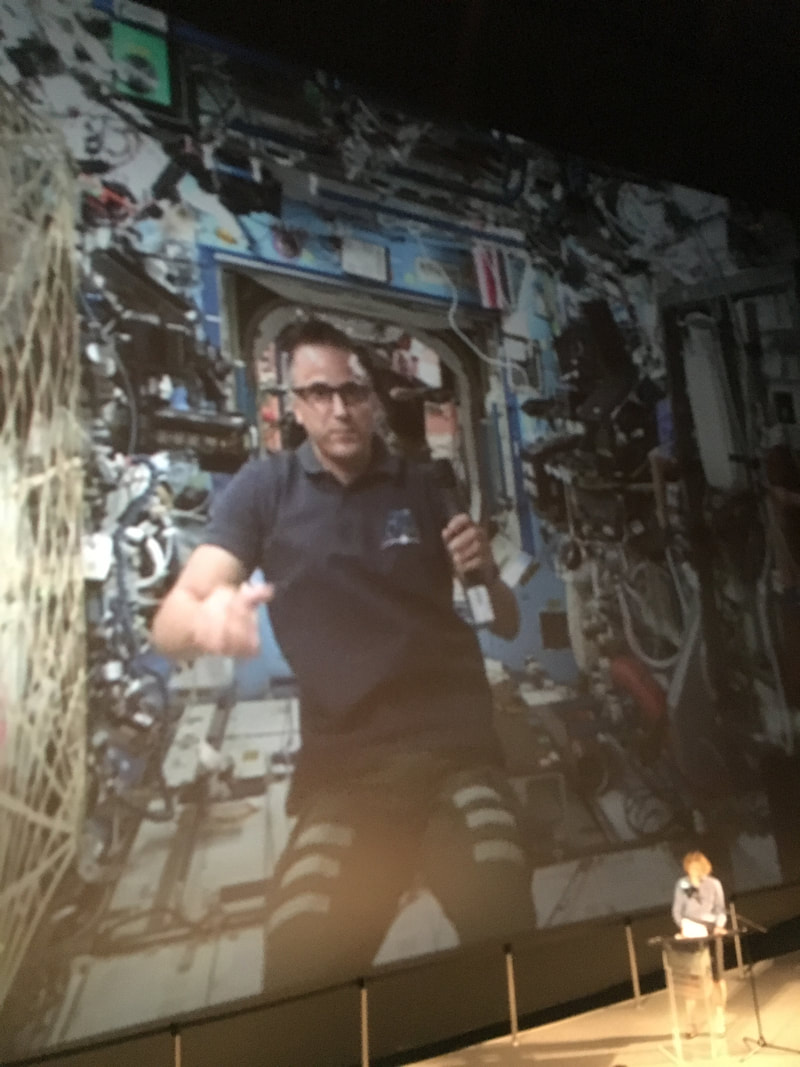
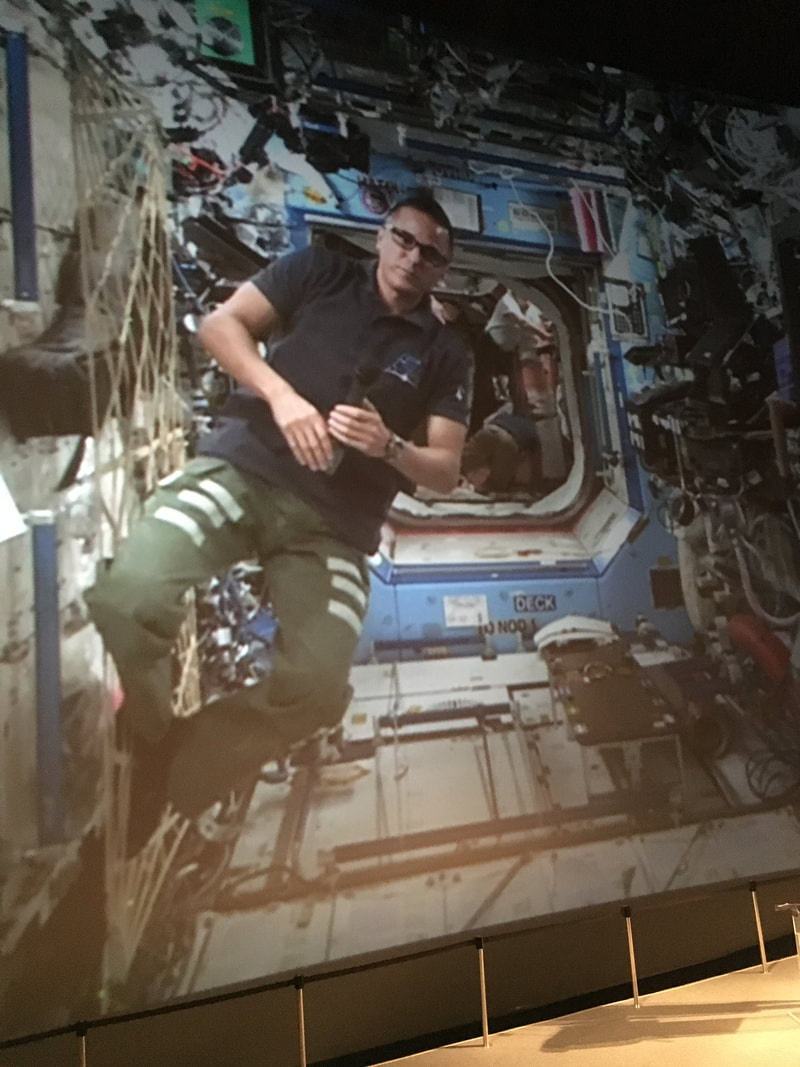
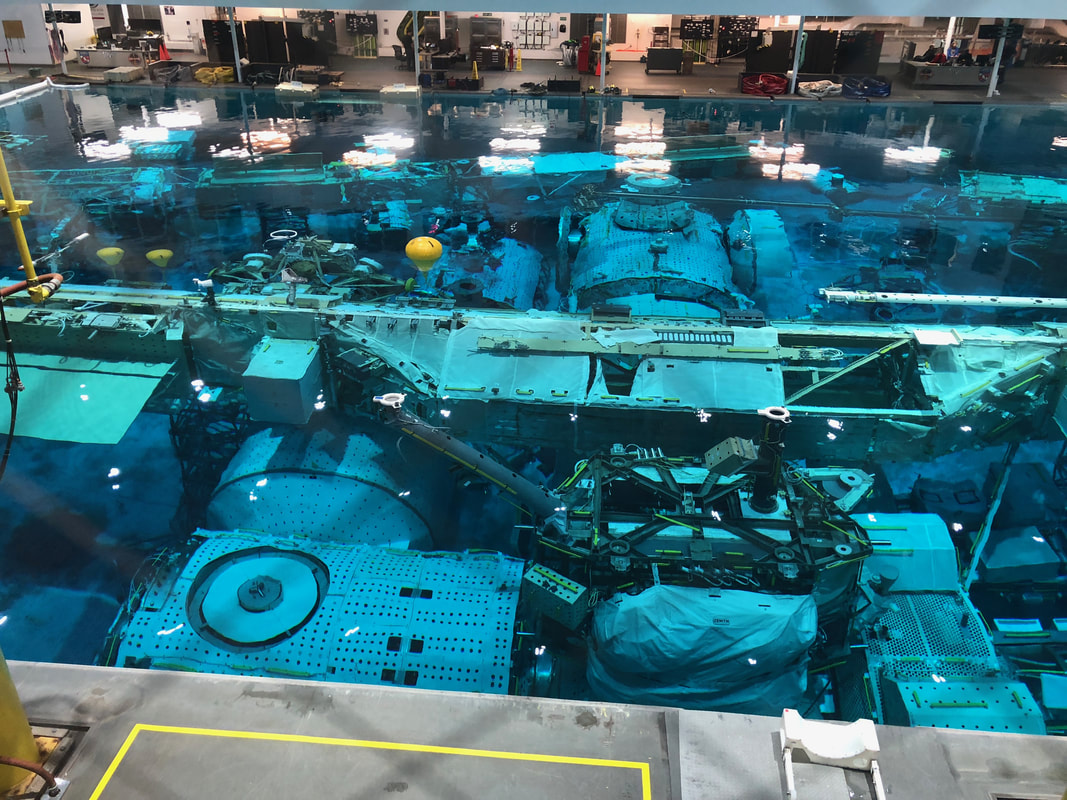
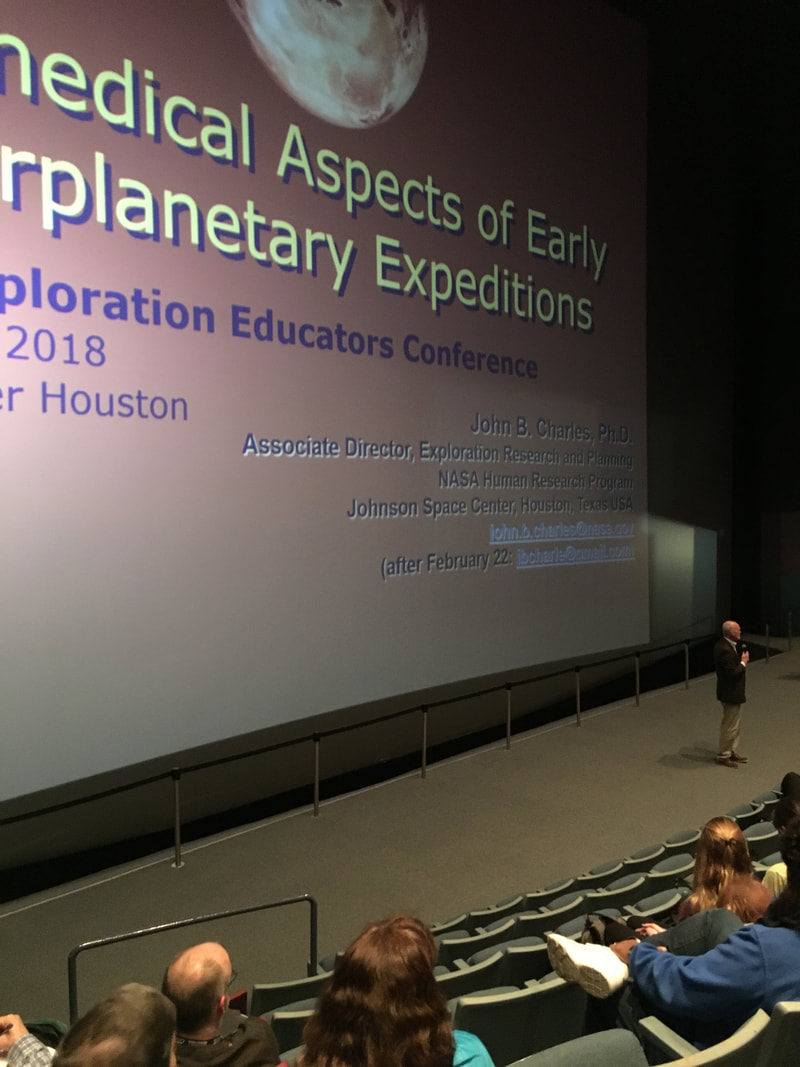
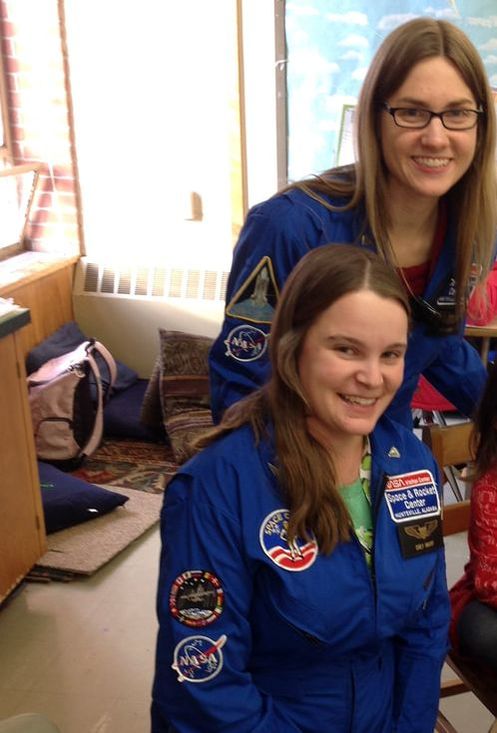
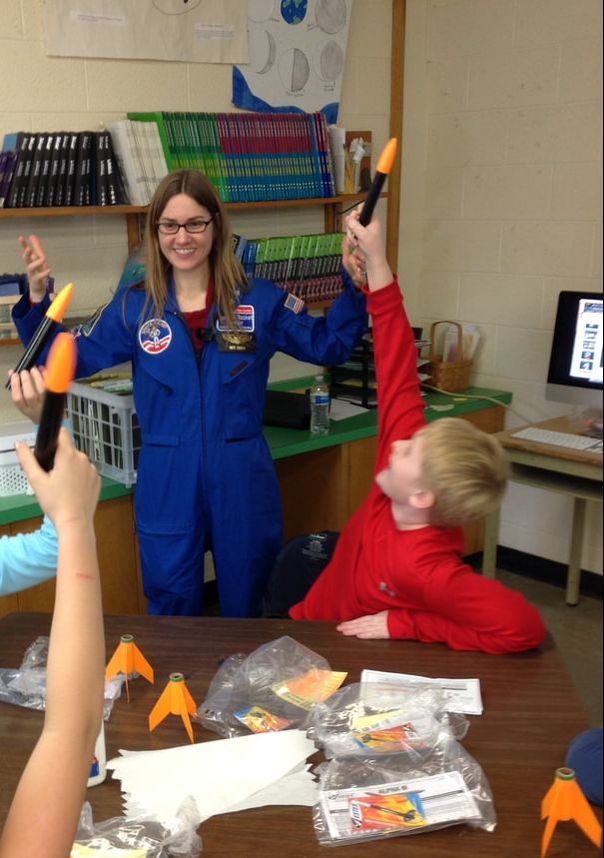
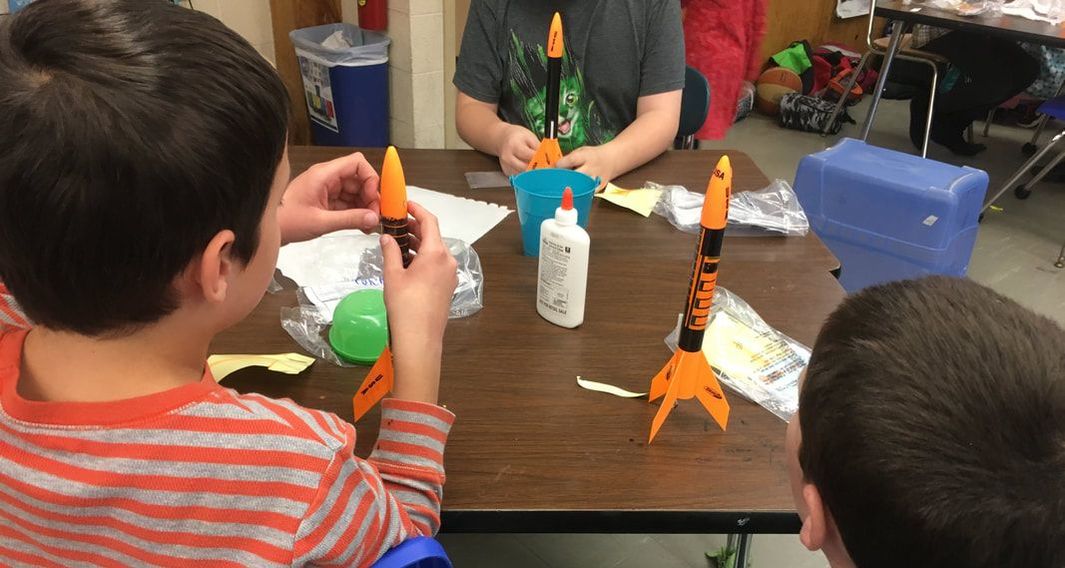
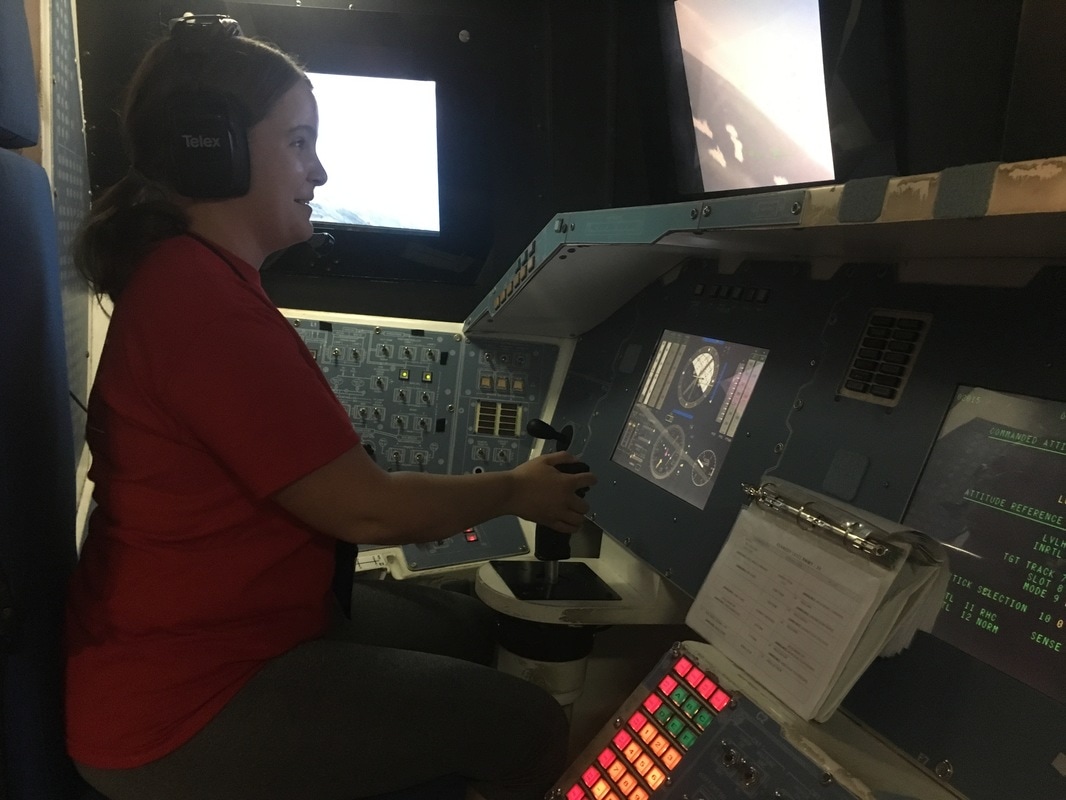
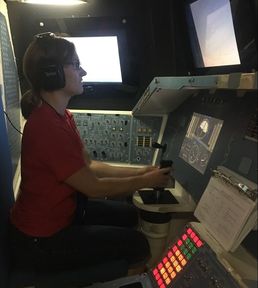
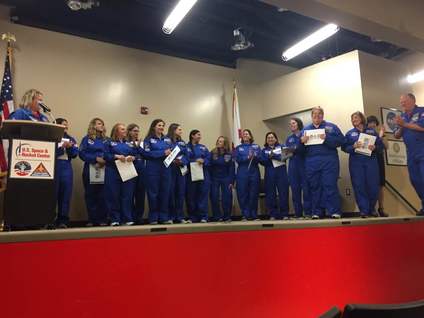
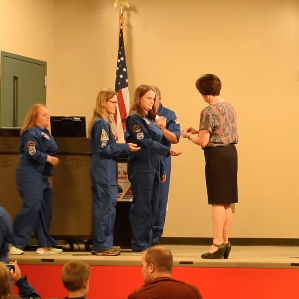
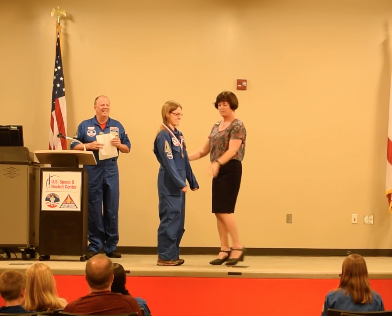
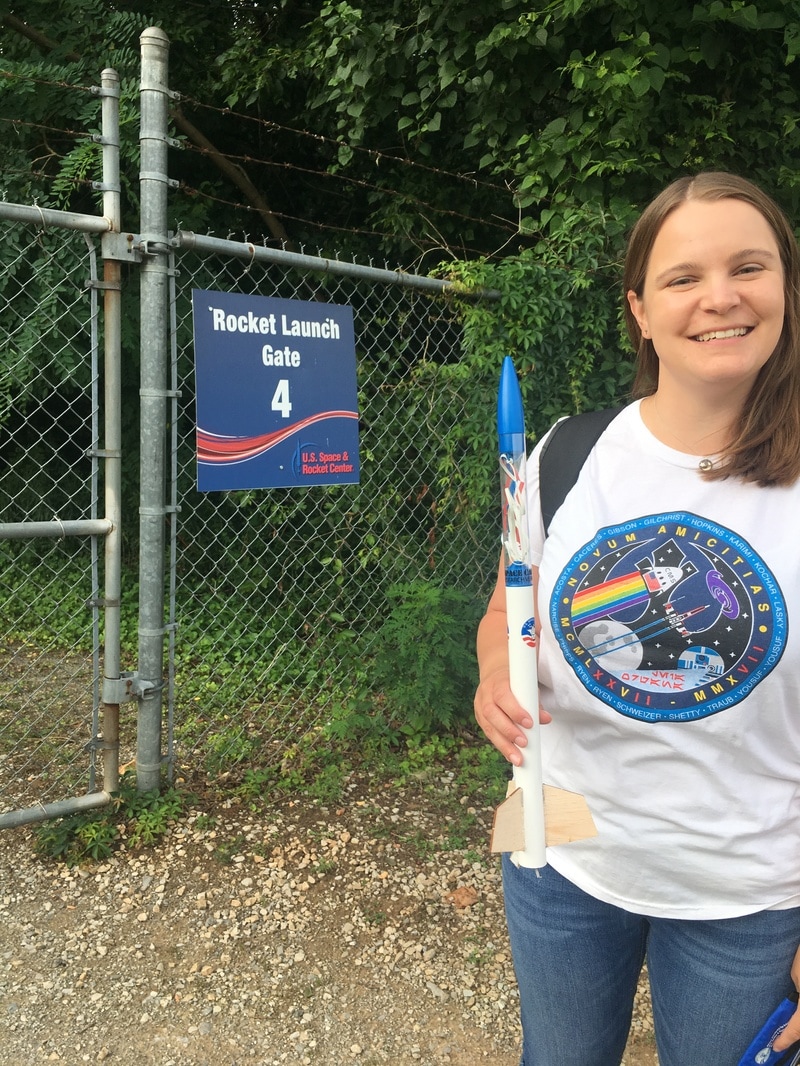
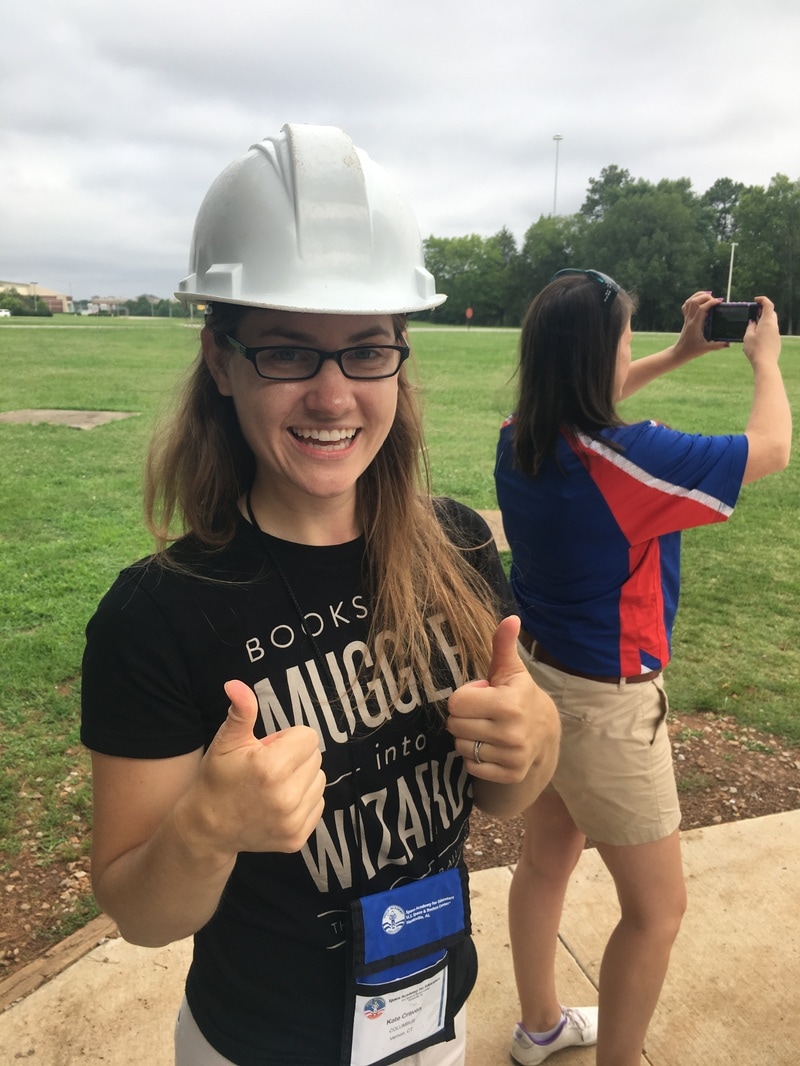
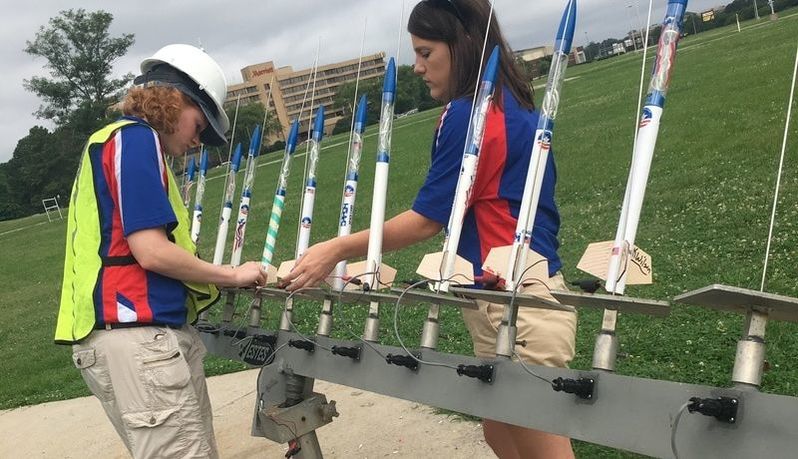
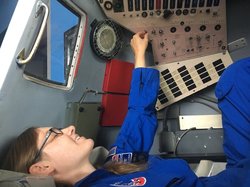
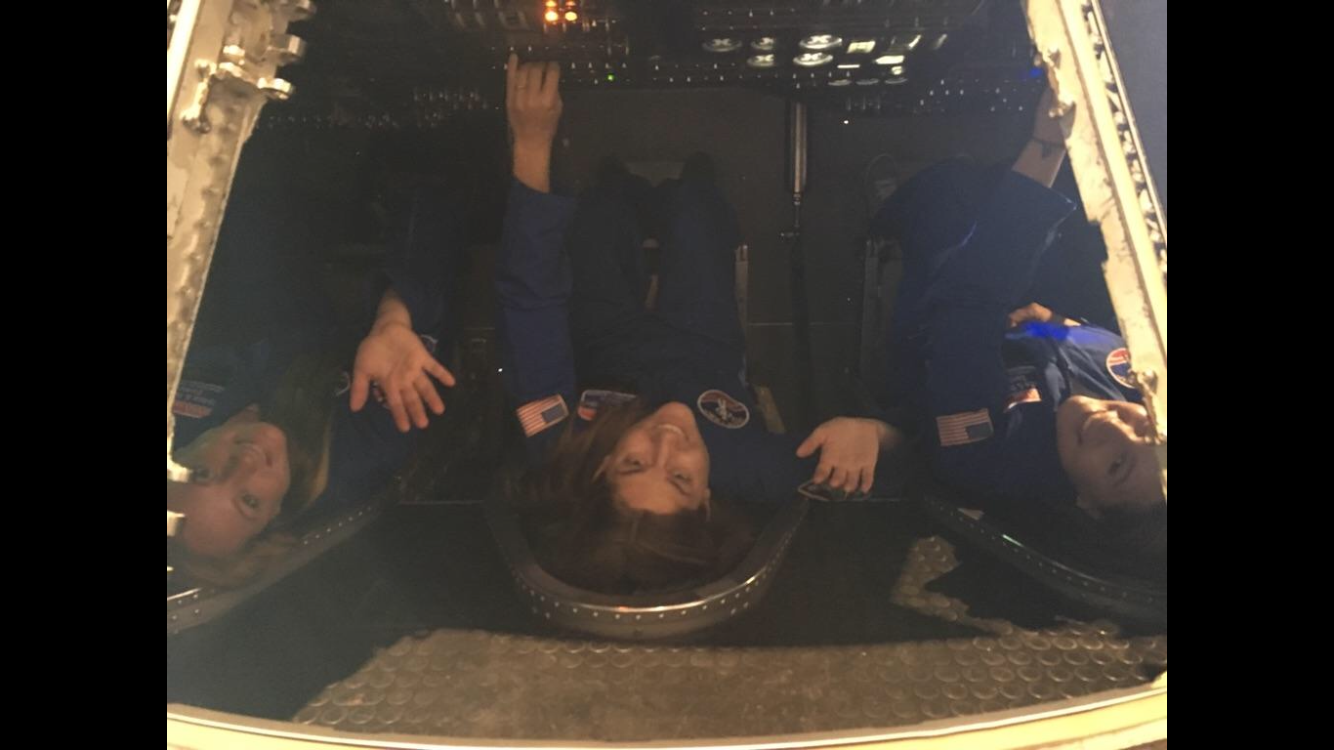
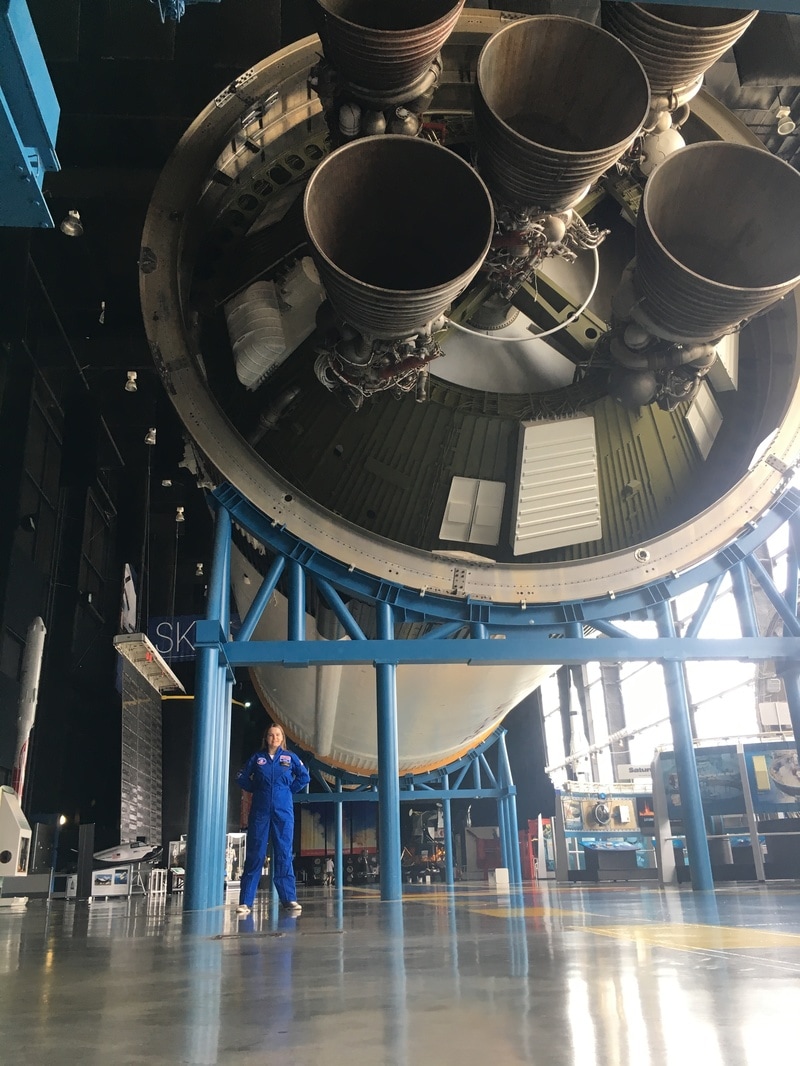
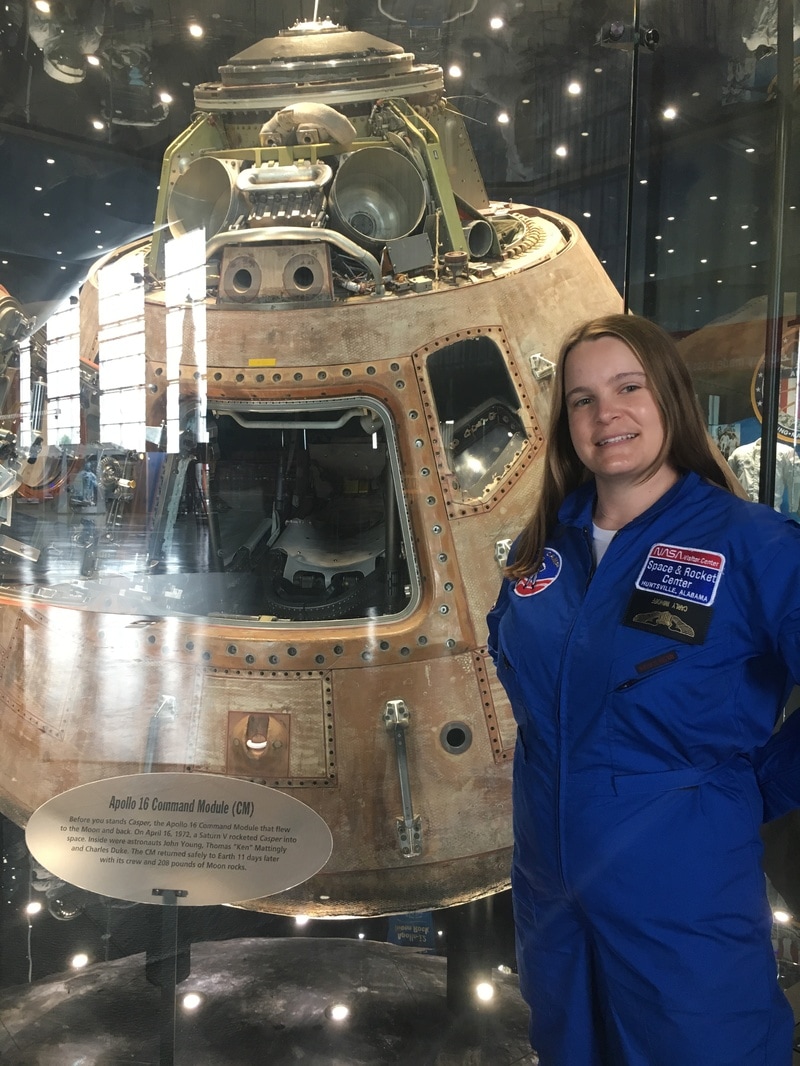
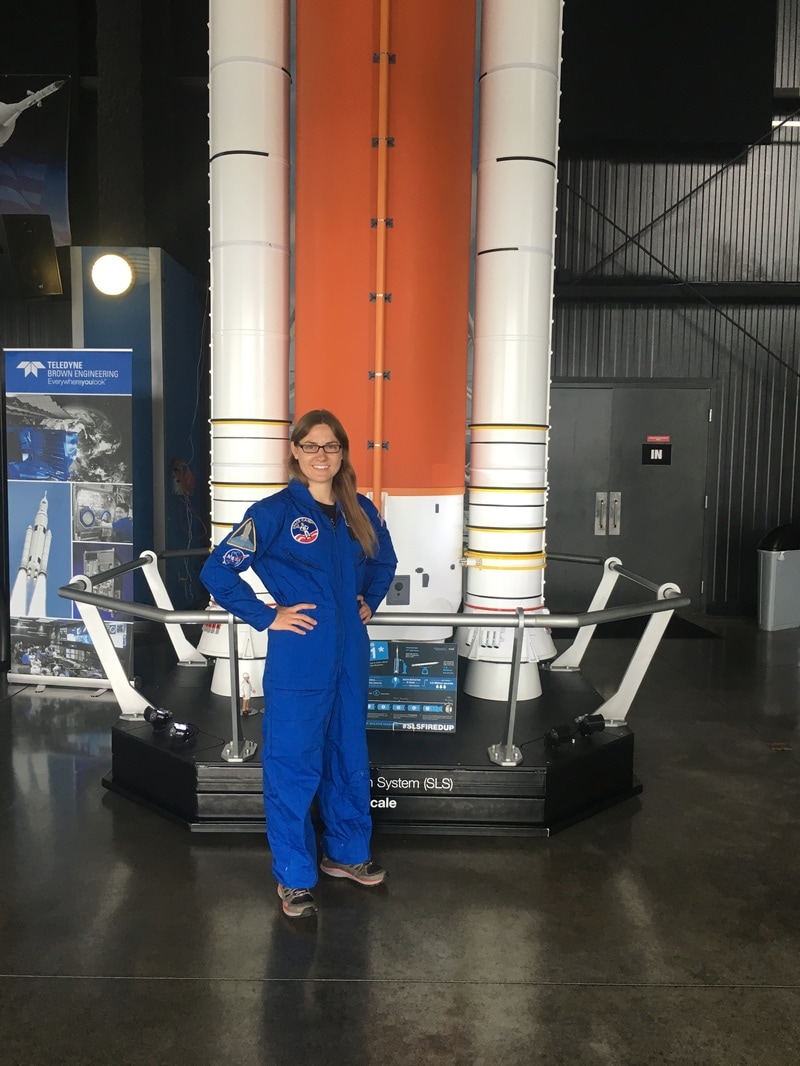
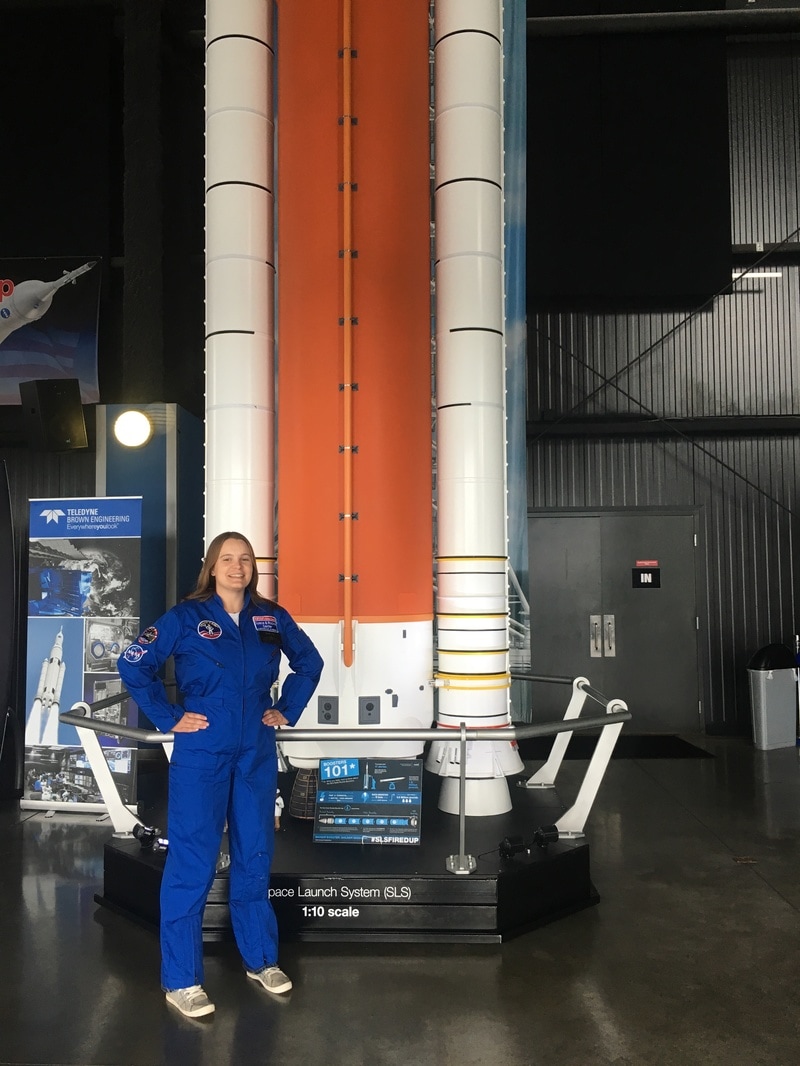
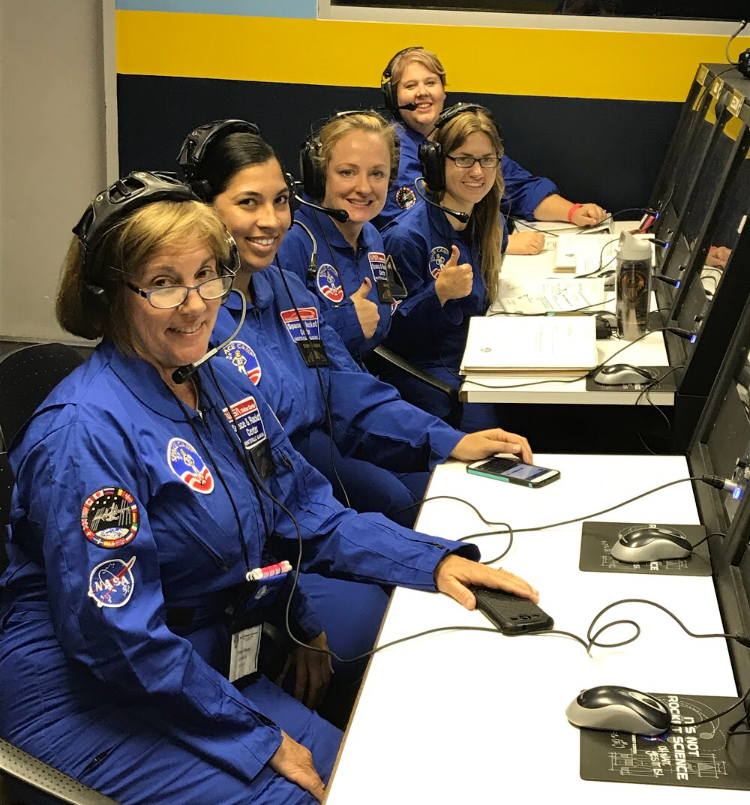
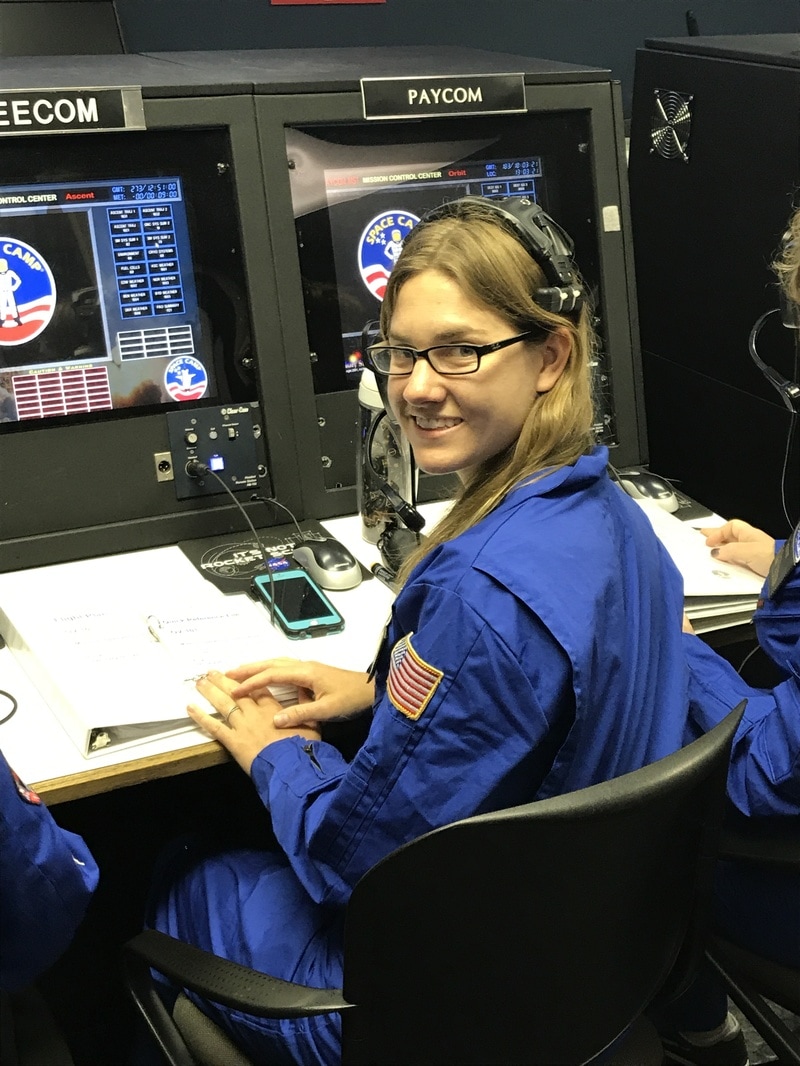
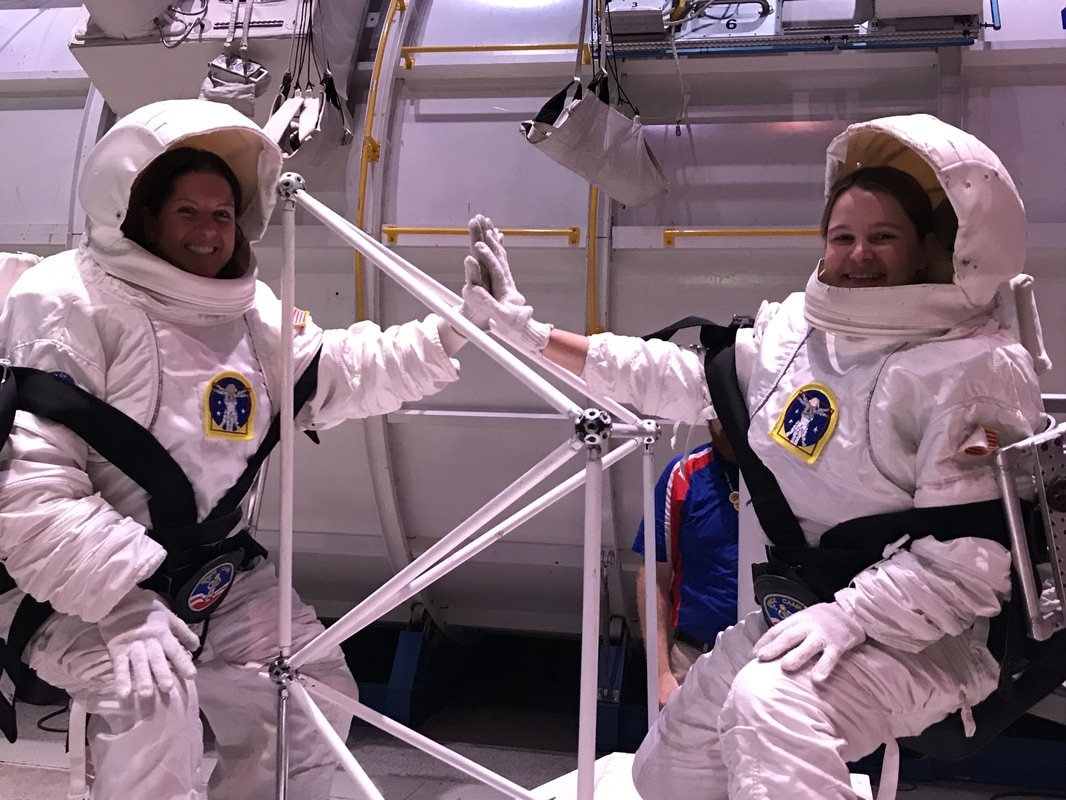
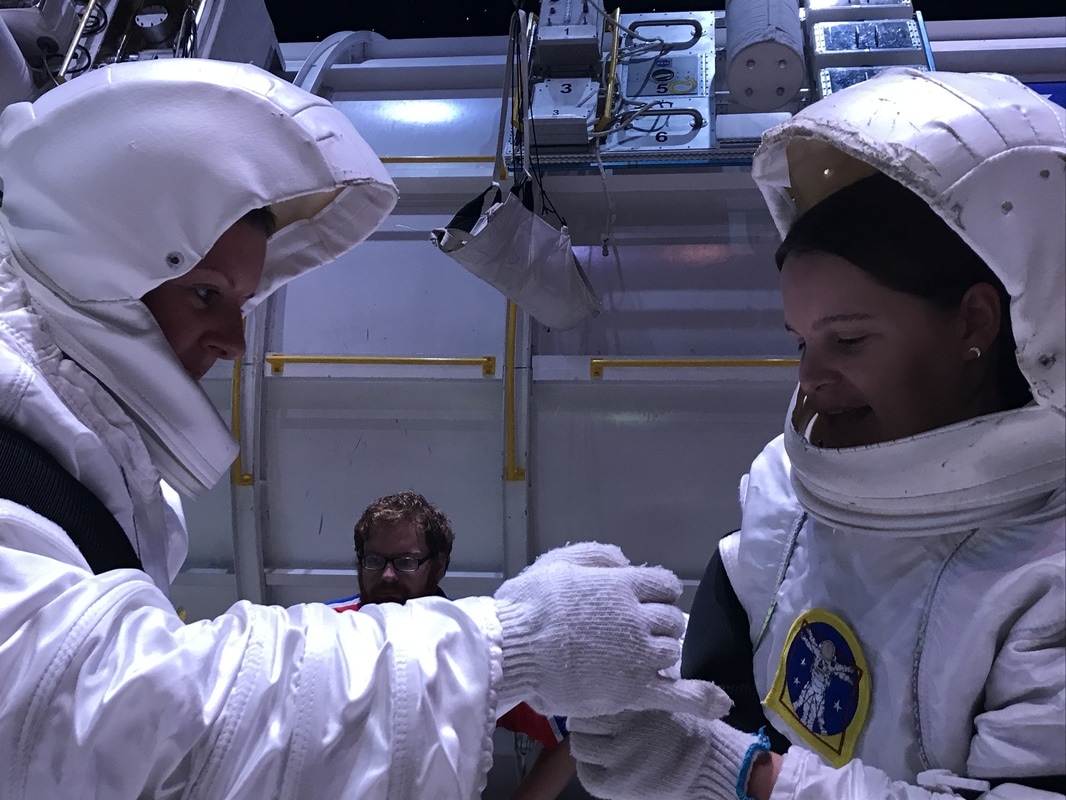
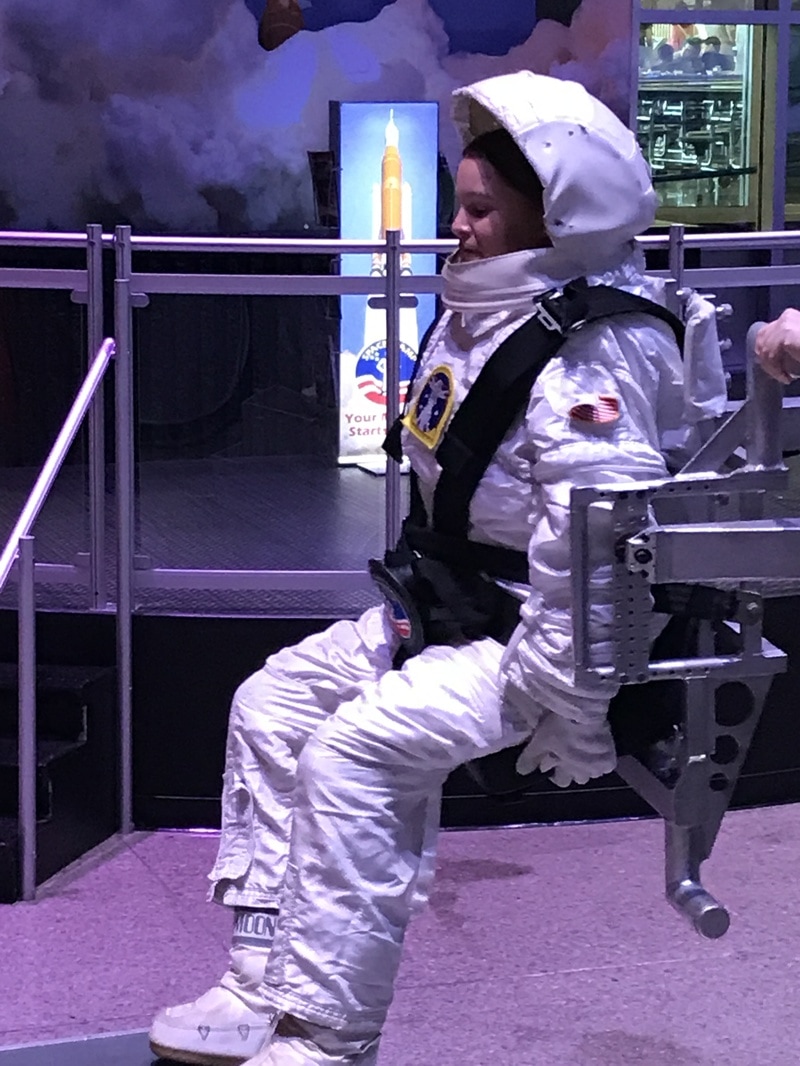
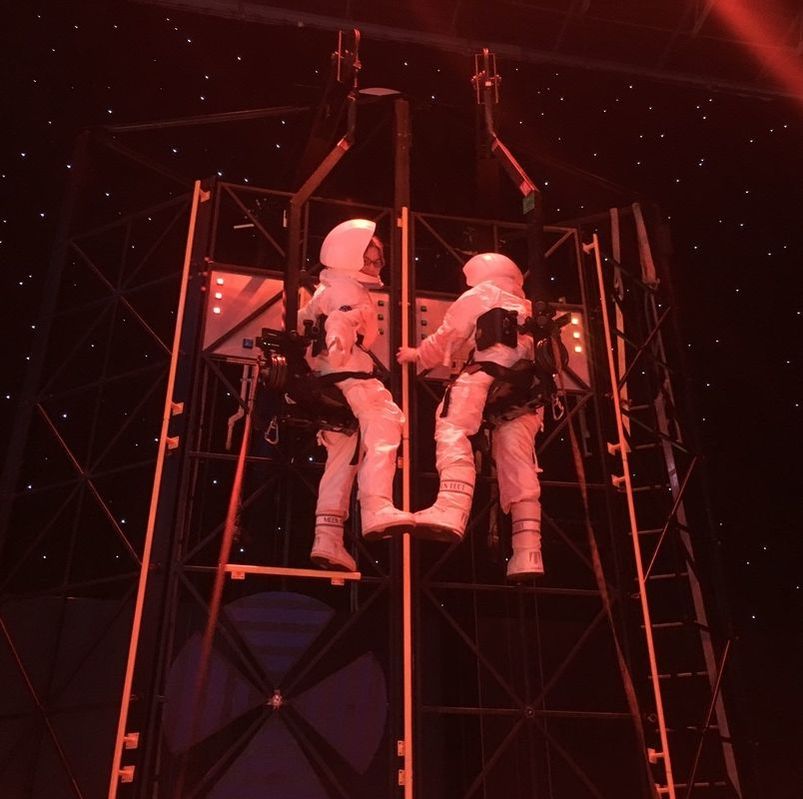
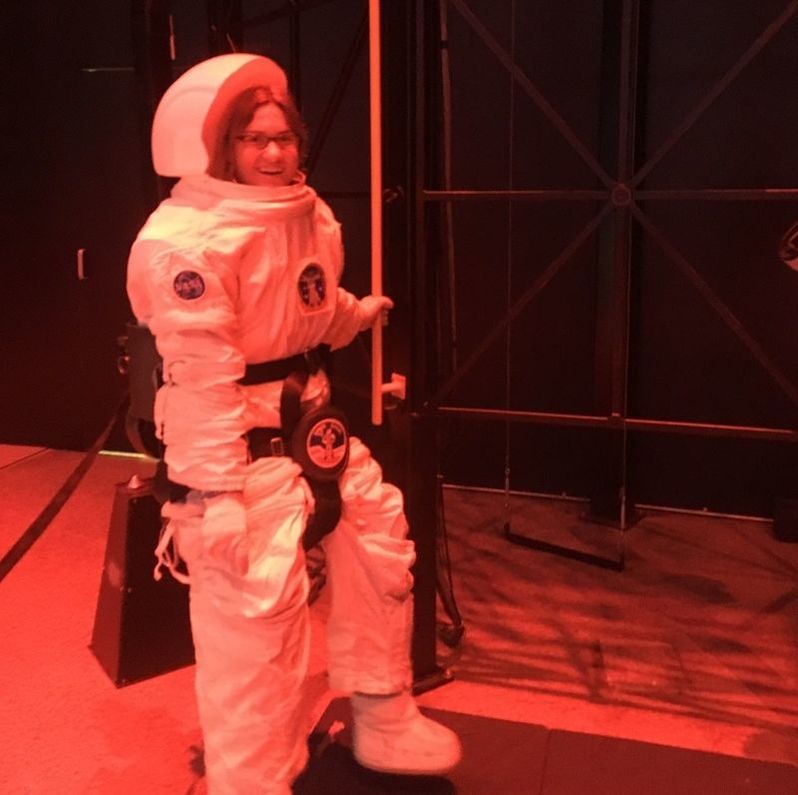
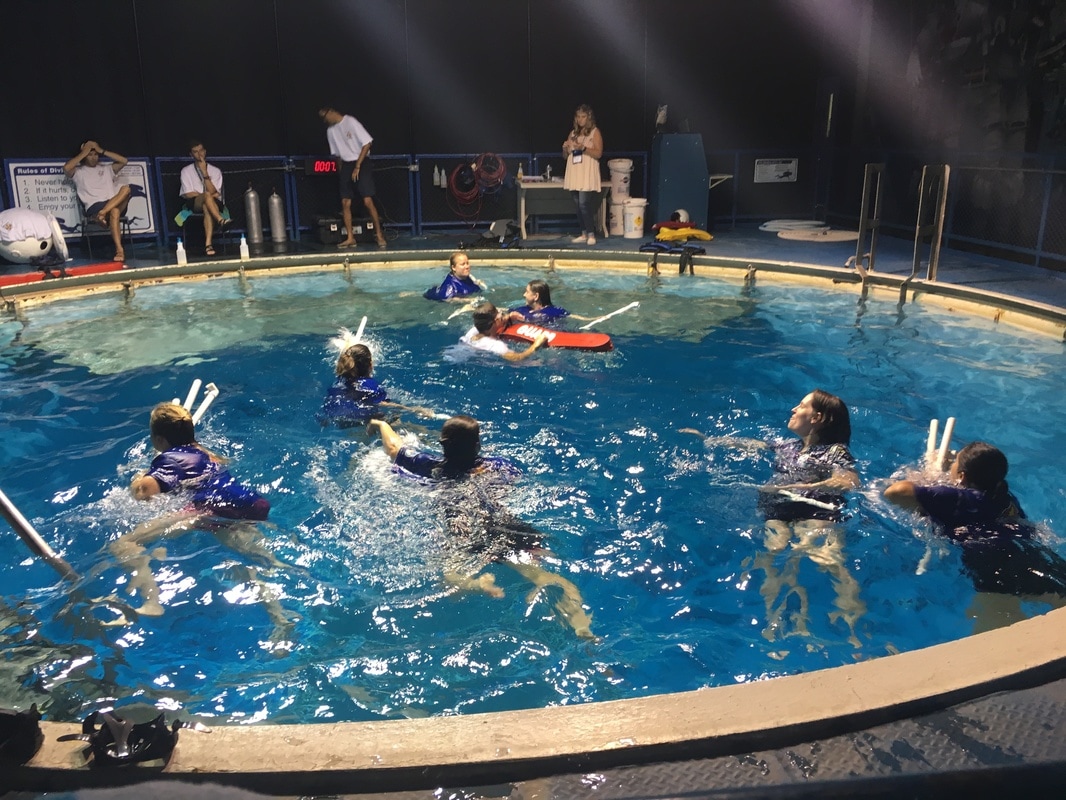
 RSS Feed
RSS Feed
